Image of 1959 Pontiac Bonneville, Note: These illustrations use artistic license and may differ from actual historical models.
Performance Metrics
Fundamental Metrics
Emotional Appeal
MMP Rating
| Engine Specifications | |
|---|---|
| Engine Options: | 389 cu in (6.4 L) V8 |
| Displacement Range: | 389 cu in (6.4 L) |
| Horsepower Range: | 215-345 hp |
| Torque: | 425 lb-ft |
| Compression Ratio: | 10.5:1 |
| Ignition System: | Conventional points ignition system |
| Cooling System: | Liquid cooled |
| Performance Specifications | |
| 0-60 Time: | 10 seconds |
| 1/4 Mile Time: | 17 seconds |
| Top Speed: | 115 mph |
| Transmission and Drive | |
| Drive Type: | Rear-wheel drive |
| Transmission Type: | 3-speed manual, 4-speed manual, 3-speed automatic |
| Fuel and Efficiency | |
| Fuel System Type: | Carburetor |
| MPG: | 10-12 mpg |
| Dimensions and Brakes | |
| Brakes: | Drum brakes |
| Wheelbase: | 124 inches |
| Weight: | 4,000 lbs |
Note: Specifications for classic cars are given to the best of our ability, considering the limited and variant data available.
Introduction
The 1959 Pontiac Bonneville emerged as a beacon of American automotive ambition, capturing the essence of an era where size, style, and performance were the hallmarks of success. Born from the innovative minds at Pontiac, a division of General Motors, this vehicle not only reflected its time but also set a new standard for luxury and power in the late 1950s. The Bonneville's introduction coincided with a period of economic prosperity, where cars became symbols of status and personal expression. A standout fact about this model is its pivotal role in cementing Pontiac's reputation for producing high-performance vehicles with a touch of class.
Design and Innovation
The 1959 Bonneville boasted a striking exterior with its wide stance and iconic split grille that would become a signature Pontiac feature. Its long, sleek lines and pronounced tail fins epitomized the space-age design trends of the late '50s. Inside, occupants were treated to a lavish cabin with top-tier materials including rich leather upholstery and chrome accents. Technological advancements such as transistor radios and high-output engines placed the Bonneville ahead of its time. Color options ranged from subdued to vibrant, with hues like Sunset Glow capturing consumers' imaginations. Among the body styles available, the convertible remains one of the most sought-after, embodying the era's love affair with open-air motoring.
Historical Significance
The Bonneville's introduction marked a turning point for Pontiac, steering it away from its staid image towards one synonymous with performance and luxury. It was one of the first models to receive Pontiac's now-legendary "Wide Track" stance, improving road handling and giving it a more aggressive appearance. This innovation not only set it apart from its contemporaries but also influenced future automotive design philosophies.
Performance and Handling
Underneath its hood, the 1959 Bonneville housed a robust V8 engine that propelled it to impressive speeds for its time. With top speeds reaching well above the average sedan's capabilities and acceleration from 0-60 mph in under 10 seconds, it was a force to be reckoned with on the highways. The car's handling was equally remarkable; its wide track design allowed for better stability around corners and over uneven surfaces. Drivers often reported a sense of control and power that was unparalleled in other vehicles of its class.
Ownership Experience
The Bonneville was versatile enough to serve as an everyday driver yet distinguished enough to grace car shows or participate in racing events. Owners found maintenance relatively straightforward due to GM's widespread parts availability. However, as with many classic cars, preserving such an iconic vehicle today requires dedication to authenticity and care.
Fun Facts
A lesser-known tidbit about the 1959 Bonneville is that it occasionally graced the silver screen, adding glamour to Hollywood productions. While not known for breaking speed records, it certainly broke sales expectations for Pontiac at the time. Some criticisms included its size being too unwieldy for city driving—a small price to pay for such grandeur.
Collector's Information
In today's collector market, a well-preserved 1959 Pontiac Bonneville can fetch anywhere from $30,000 to well over $100,000 depending on condition and originality. Production numbers were not as limited as some other classics, but finding one in pristine condition can be challenging. Over time, values have generally appreciated as enthusiasts seek out these icons of American automotive history.
Conclusion
The 1959 Pontiac Bonneville stands as a testament to an era when cars were more than just transportation; they were statements of ambition and artistry. From its groundbreaking design to its robust performance capabilities, this classic car remains a beloved piece of Americana that continues to captivate collectors and enthusiasts alike.
1959 Pontiac Bonneville Catalog of Parts
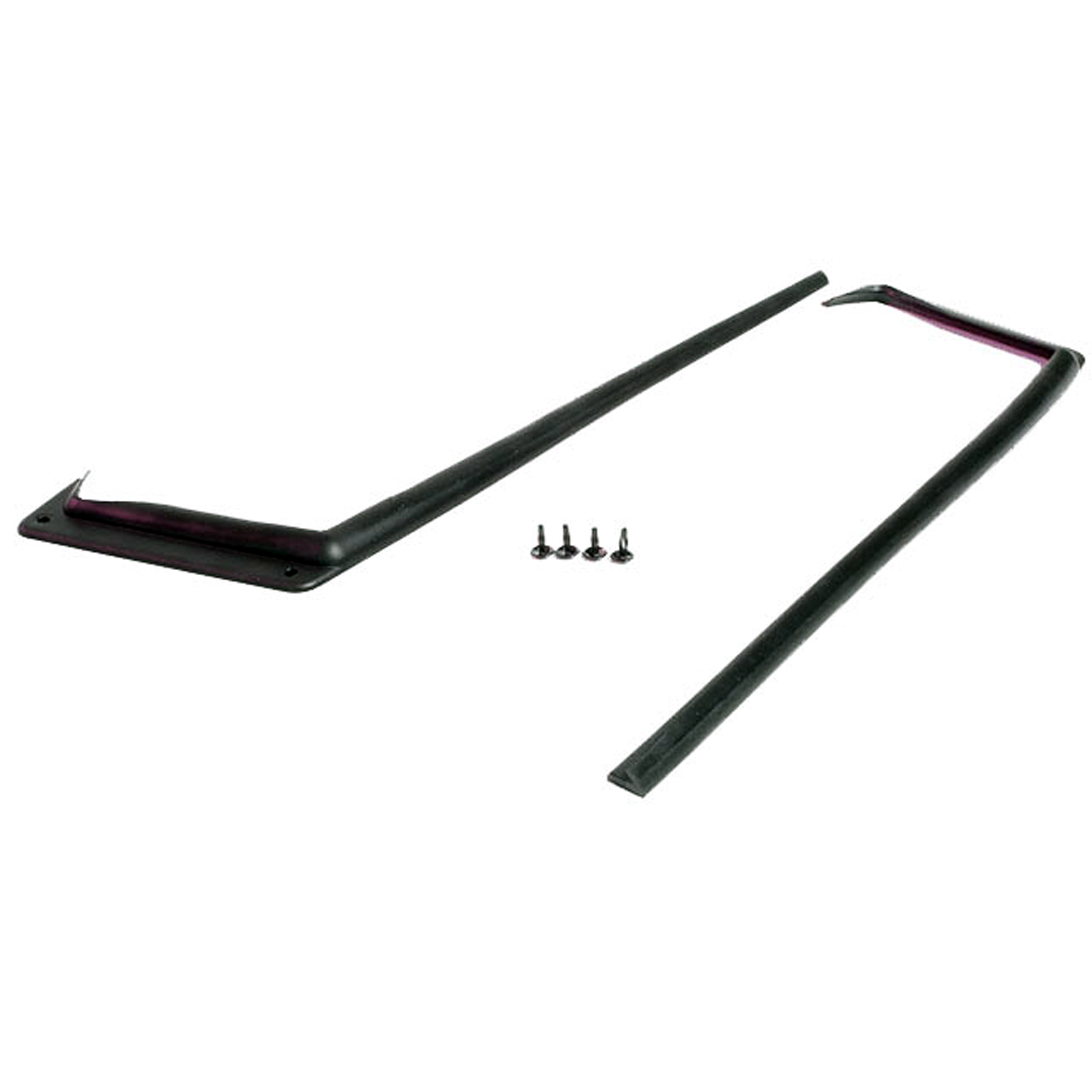 1959 Pontiac Bonneville Upper Door Hinge "J" Seals. Straight section 15-1/2" long-ALP 1-BUpper Door Hinge "J" Seals. Straight section 15-1/2" long. Square hooked section 7" long, with 2 holes. Includes four clips. Pair R&L
1959 Pontiac Bonneville Upper Door Hinge "J" Seals. Straight section 15-1/2" long-ALP 1-BUpper Door Hinge "J" Seals. Straight section 15-1/2" long. Square hooked section 7" long, with 2 holes. Includes four clips. Pair R&L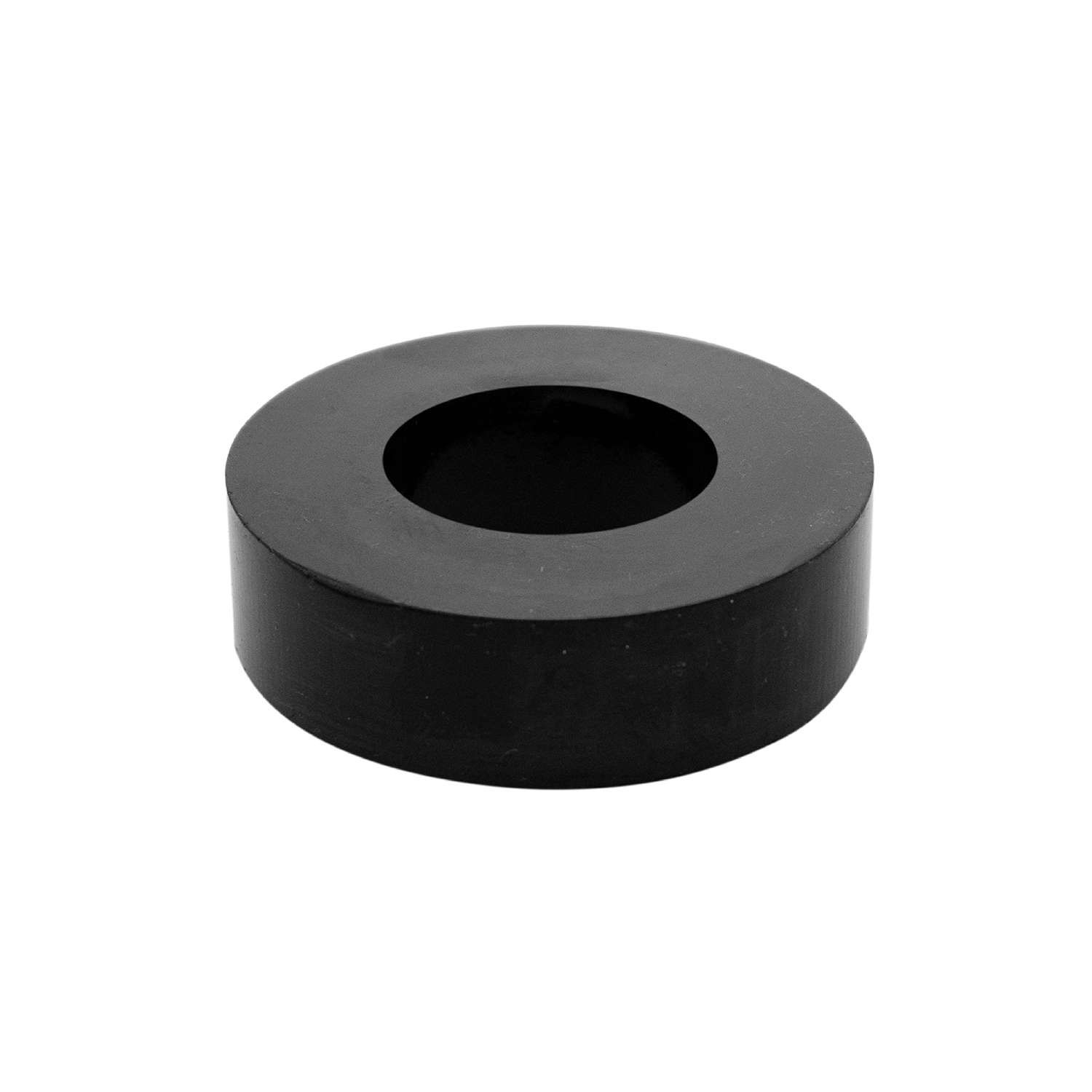 1959 Pontiac Bonneville Body mounting cushion pad-BC 51Body mounting cushion pad, '51-'64 Various GM car and truck models, each. Replace OEM #'s 3748937, 530855 & 560958.
1959 Pontiac Bonneville Body mounting cushion pad-BC 51Body mounting cushion pad, '51-'64 Various GM car and truck models, each. Replace OEM #'s 3748937, 530855 & 560958. 1959 Pontiac Bonneville Shock Absorber Grommet. 1" bottom O.D., 3/4" high-BN 1Shock Absorber Grommet. 1" bottom O.D., 3/4" high., with 7/16" I.D. Each
1959 Pontiac Bonneville Shock Absorber Grommet. 1" bottom O.D., 3/4" high-BN 1Shock Absorber Grommet. 1" bottom O.D., 3/4" high., with 7/16" I.D. Each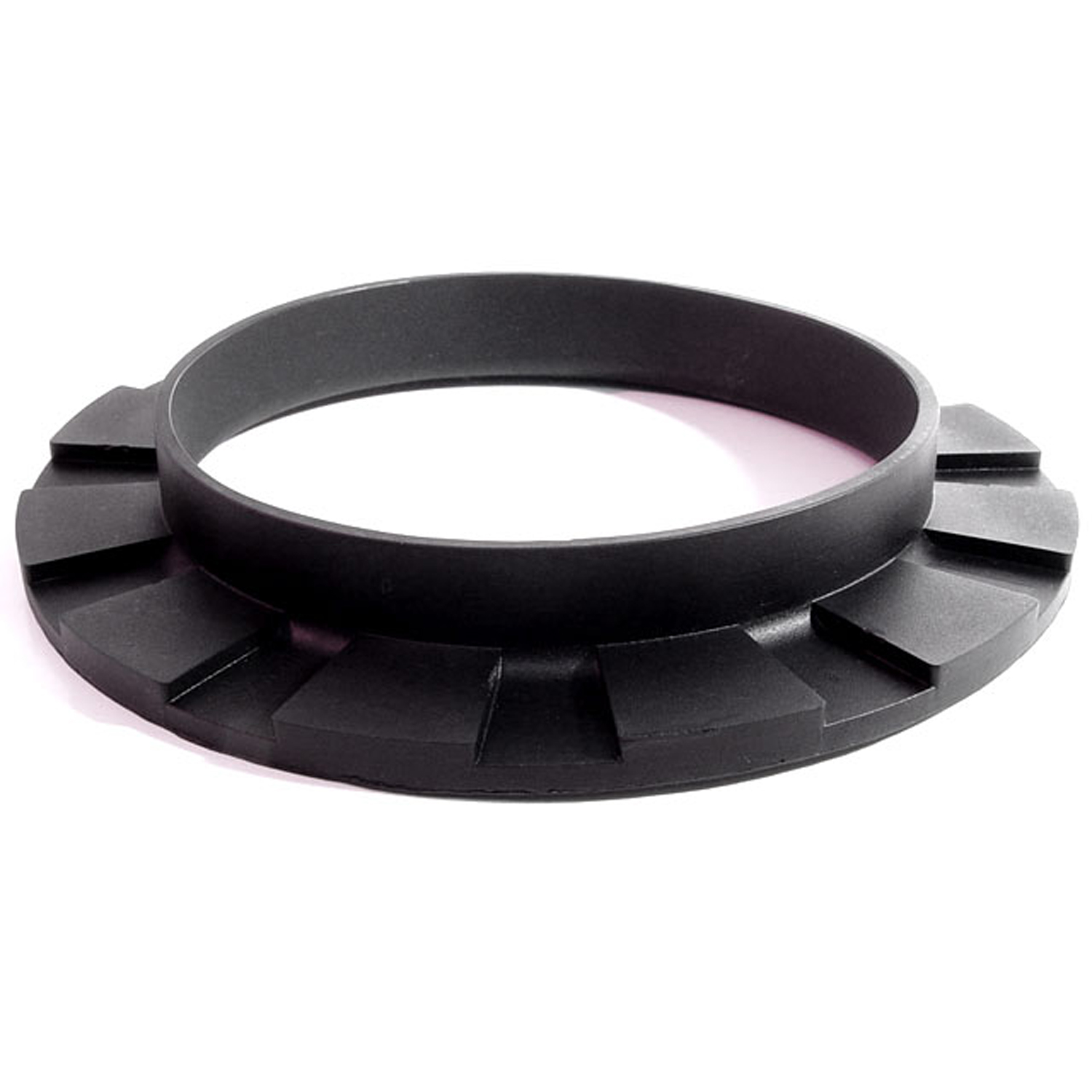 1959 Pontiac Bonneville Front coil-spring insulator-BN 110Front coil-spring insulator. Fits '41-'60 Oldsmobile and '50-'83 GM passenger models. 5-3/8 in. OD x 3-3/4 in. ID x 3/4 in. high with 13/16 in. wide bottom flange 1/4" thick, 12 flutes. Each.
1959 Pontiac Bonneville Front coil-spring insulator-BN 110Front coil-spring insulator. Fits '41-'60 Oldsmobile and '50-'83 GM passenger models. 5-3/8 in. OD x 3-3/4 in. ID x 3/4 in. high with 13/16 in. wide bottom flange 1/4" thick, 12 flutes. Each. 1959 Pontiac Bonneville Front Stabilizer End Repair Kit-BNK 25Front Stabilizer End Repair Kit. 22-piece set for two stabilizer bars. Contains all rubber bushings, washers, bolts and nuts, enough for one front end. Set
1959 Pontiac Bonneville Front Stabilizer End Repair Kit-BNK 25Front Stabilizer End Repair Kit. 22-piece set for two stabilizer bars. Contains all rubber bushings, washers, bolts and nuts, enough for one front end. Set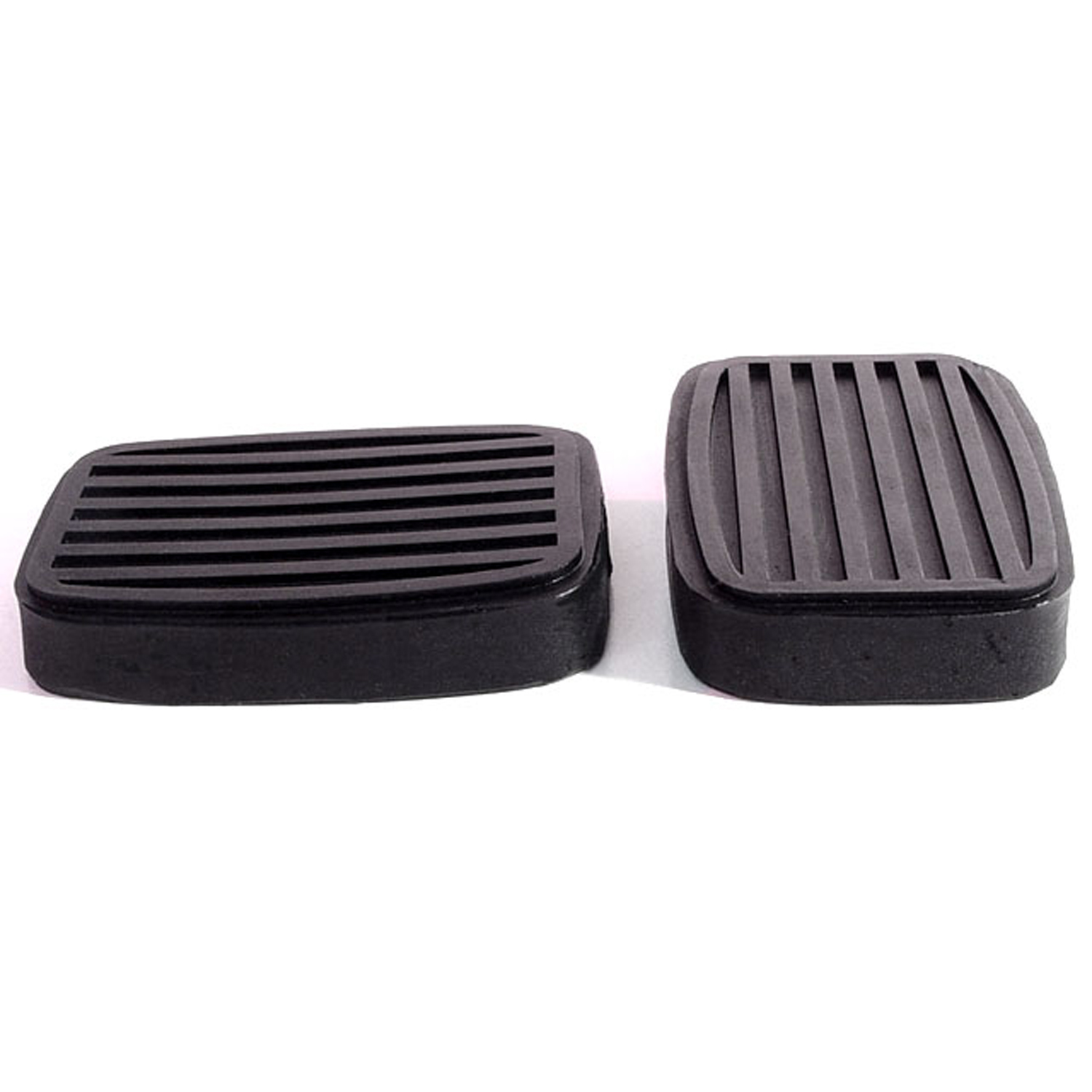 1959 Pontiac Bonneville Clutch and Brake Pedal Pads. 2" wide X 3" long. Pair-CB 15Clutch and Brake Pedal Pads. 2" wide X 3" long. Pair
1959 Pontiac Bonneville Clutch and Brake Pedal Pads. 2" wide X 3" long. Pair-CB 15Clutch and Brake Pedal Pads. 2" wide X 3" long. Pair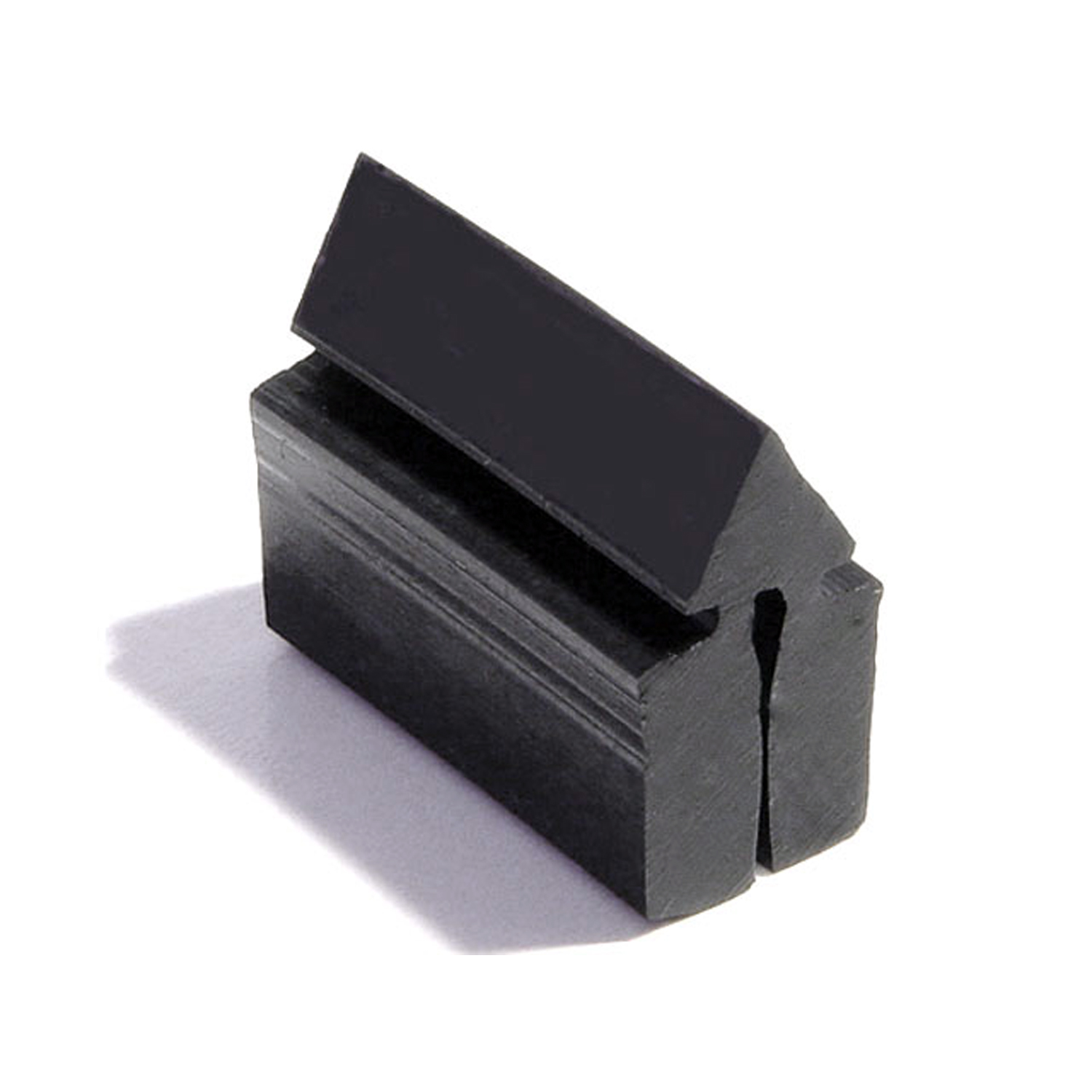 1959 Pontiac Bonneville Door Bumper. 13/16" high X 1/2" wide X 1" long. Each-DB 33-ADoor Bumper. 13/16" high X 1/2" wide X 1" long. Each
1959 Pontiac Bonneville Door Bumper. 13/16" high X 1/2" wide X 1" long. Each-DB 33-ADoor Bumper. 13/16" high X 1/2" wide X 1" long. Each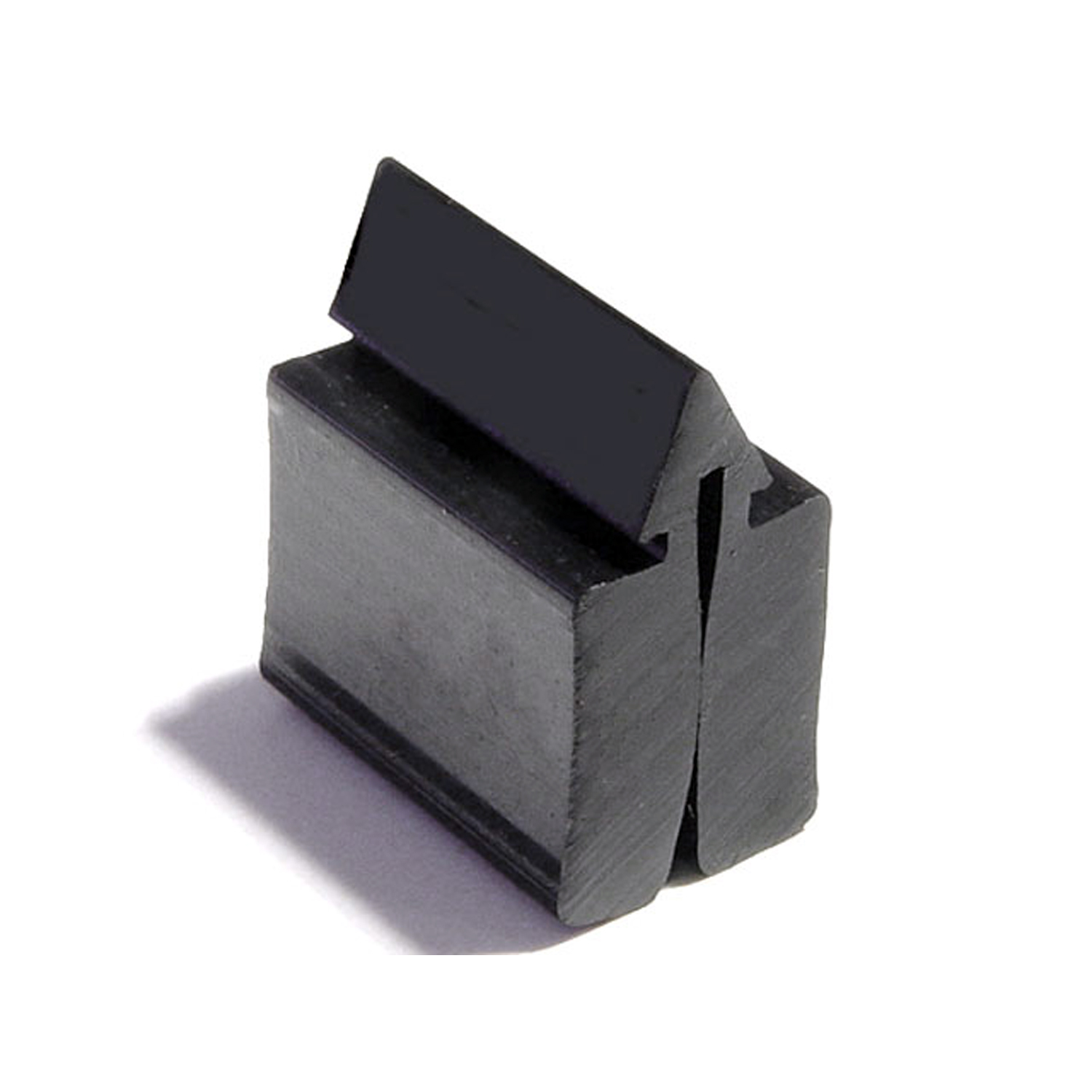 1959 Pontiac Bonneville Door Bumper. 1-3/16" high X 5/8" wide X 1" long. Each-DB 33-BDoor Bumper. 1-3/16" high X 5/8" wide X 1" long. Each
1959 Pontiac Bonneville Door Bumper. 1-3/16" high X 5/8" wide X 1" long. Each-DB 33-BDoor Bumper. 1-3/16" high X 5/8" wide X 1" long. Each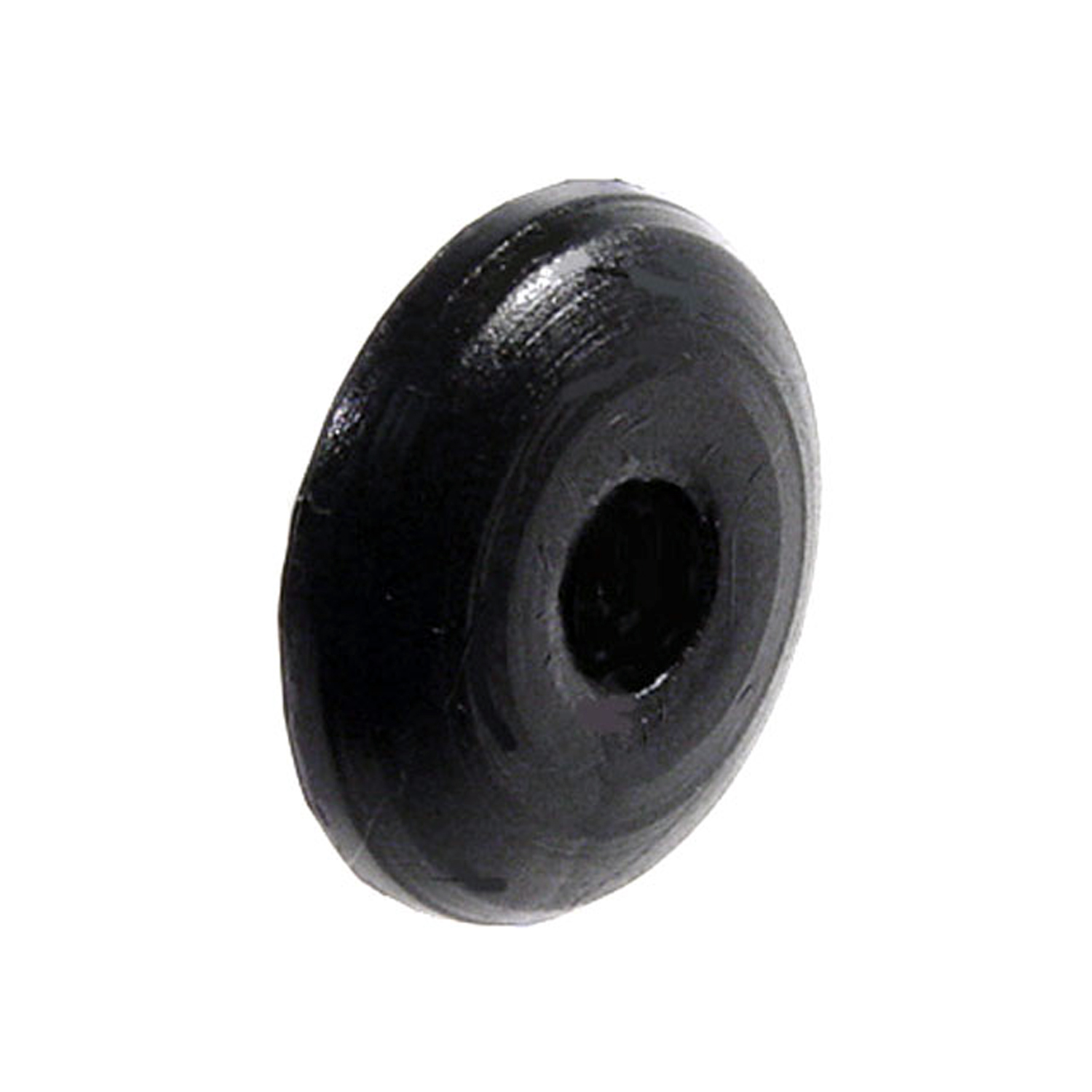 1959 Pontiac Bonneville Upper Door Hinge Post Bumper. Held by screw-DB 60-AUpper Door Hinge Post Bumper. Held by screw. 7/8" diameter X 1/8" thick. Each
1959 Pontiac Bonneville Upper Door Hinge Post Bumper. Held by screw-DB 60-AUpper Door Hinge Post Bumper. Held by screw. 7/8" diameter X 1/8" thick. Each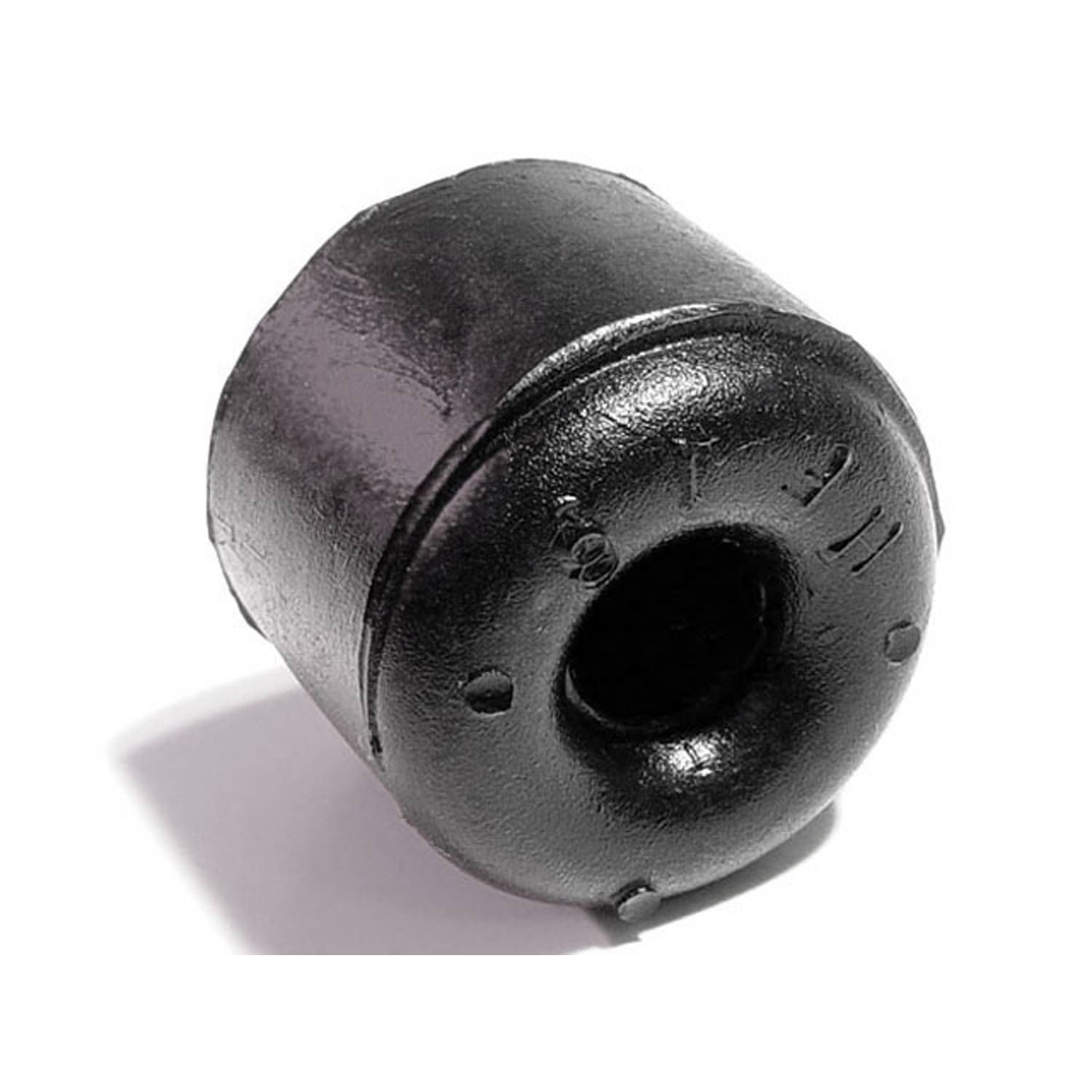 1959 Pontiac Bonneville Door and Hood Bumper. 1" diameter X 7/8" thick. Each-HF 16Door and Hood Bumper. 1" diameter X 7/8" thick. Each
1959 Pontiac Bonneville Door and Hood Bumper. 1" diameter X 7/8" thick. Each-HF 16Door and Hood Bumper. 1" diameter X 7/8" thick. Each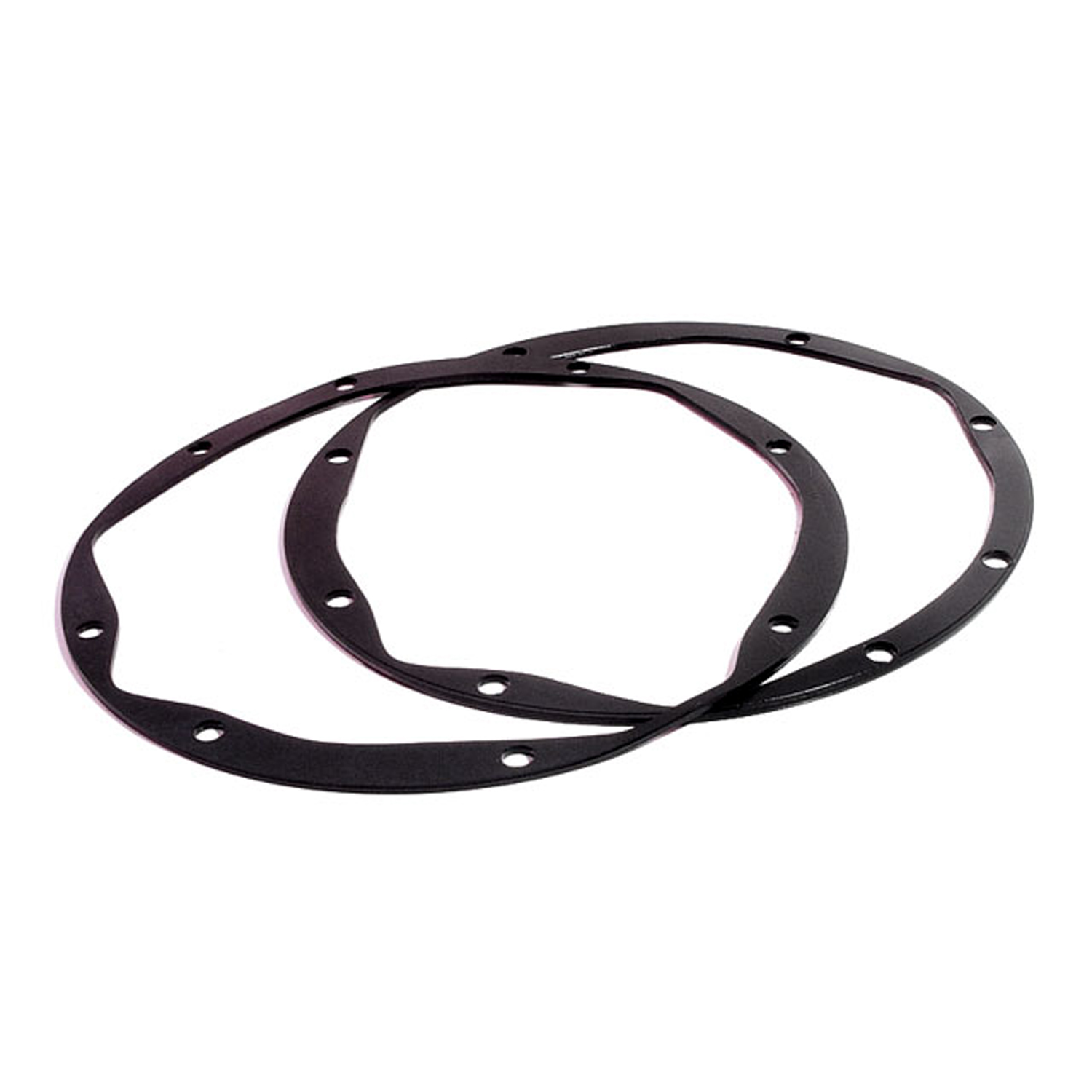 1959 Pontiac Bonneville Headlight Assembly Housing Pad. 8-3/8" O.D. Pair-HR 7Headlight Assembly Housing Pad. 8-3/8" O.D. Pair
1959 Pontiac Bonneville Headlight Assembly Housing Pad. 8-3/8" O.D. Pair-HR 7Headlight Assembly Housing Pad. 8-3/8" O.D. Pair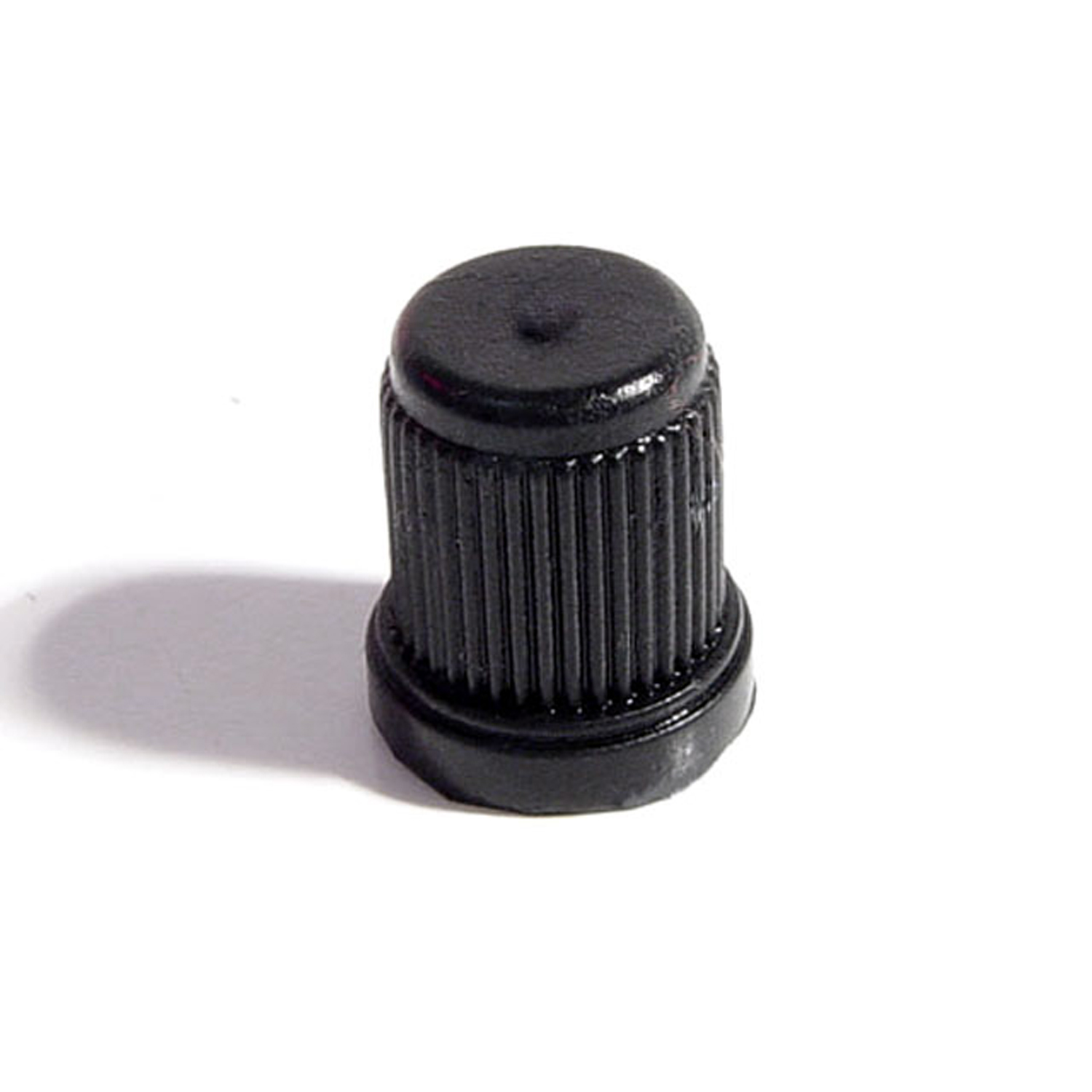 1959 Pontiac Bonneville Trip Meter Reset Knob. Made of black rubber-KN 10Trip Meter Reset Knob. Made of black rubber. Compare to measurements: 1/8" I.D., 7/16" O.D. X 1/2" tall. Each
1959 Pontiac Bonneville Trip Meter Reset Knob. Made of black rubber-KN 10Trip Meter Reset Knob. Made of black rubber. Compare to measurements: 1/8" I.D., 7/16" O.D. X 1/2" tall. Each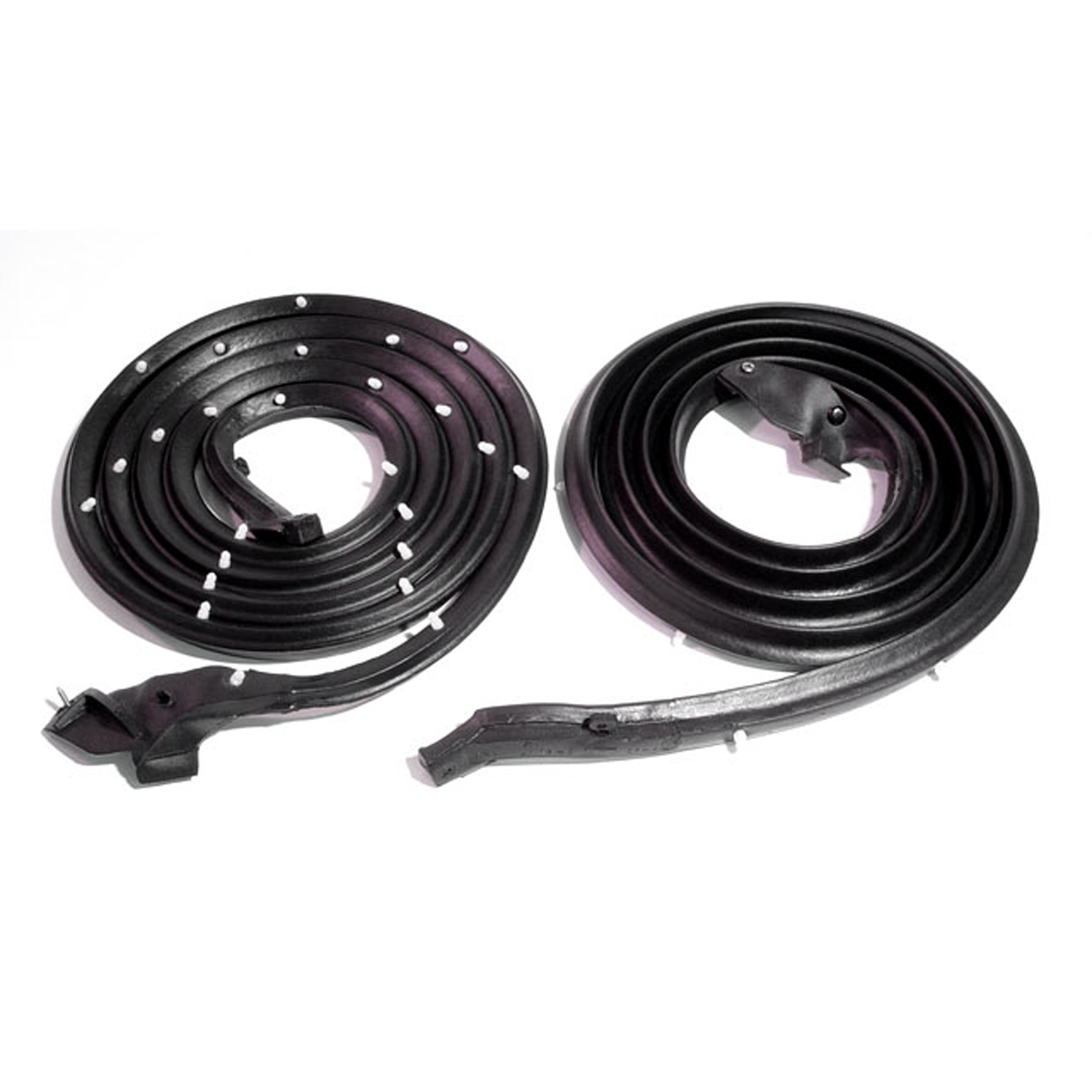 1959 Pontiac Bonneville Molded Door Seals. For 2-door hardtop and convertible-LM 18-EMolded Door Seals. For 2-door hardtop and convertible. Replaces OEM #4801932/3. Pair R&L
1959 Pontiac Bonneville Molded Door Seals. For 2-door hardtop and convertible-LM 18-EMolded Door Seals. For 2-door hardtop and convertible. Replaces OEM #4801932/3. Pair R&L 1959 Pontiac Bonneville Spot Light Gasket. 3-3/8" X 2-3/8". Each-MP 536-MSpot Light Gasket. 3-3/8" X 2-3/8". Each
1959 Pontiac Bonneville Spot Light Gasket. 3-3/8" X 2-3/8". Each-MP 536-MSpot Light Gasket. 3-3/8" X 2-3/8". Each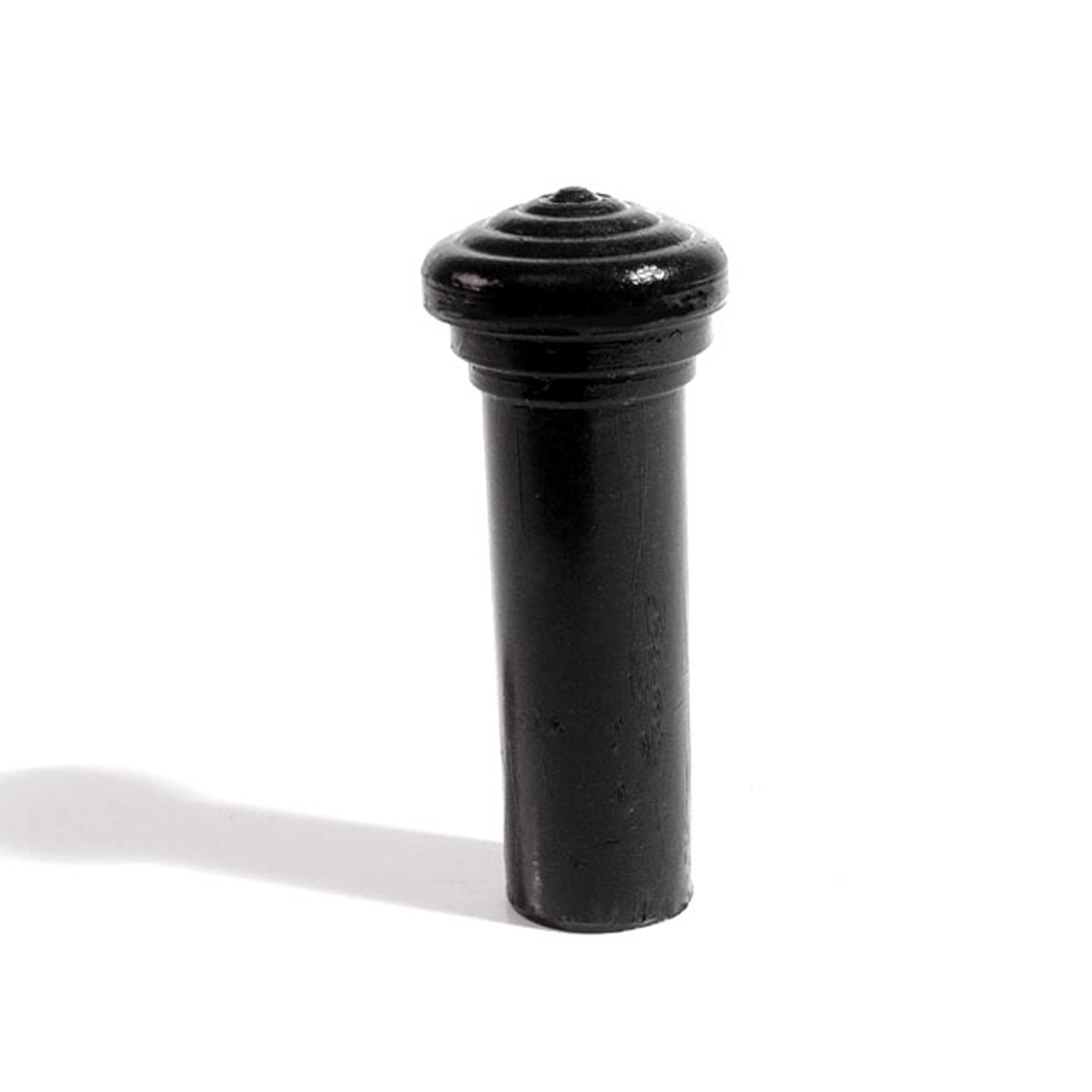 1959 Pontiac Bonneville Door Lock Knob. Made of Black rubber, self-threading-RP 304-ADoor Lock Knob. Made of Black rubber, self-threading. 1-3/8" tall with 1/8" lower I.D., 3/8" lower O.D. Each
1959 Pontiac Bonneville Door Lock Knob. Made of Black rubber, self-threading-RP 304-ADoor Lock Knob. Made of Black rubber, self-threading. 1-3/8" tall with 1/8" lower I.D., 3/8" lower O.D. Each 1959 Pontiac Bonneville Door Lock Knob. Made of Slate Blue rubber, self-threading-RP 304-CDoor Lock Knob. Made of Slate Blue rubber, self-threading. 1-3/8" tall with 1/8" lower I.D., 3/8" lower O.D. Each
1959 Pontiac Bonneville Door Lock Knob. Made of Slate Blue rubber, self-threading-RP 304-CDoor Lock Knob. Made of Slate Blue rubber, self-threading. 1-3/8" tall with 1/8" lower I.D., 3/8" lower O.D. Each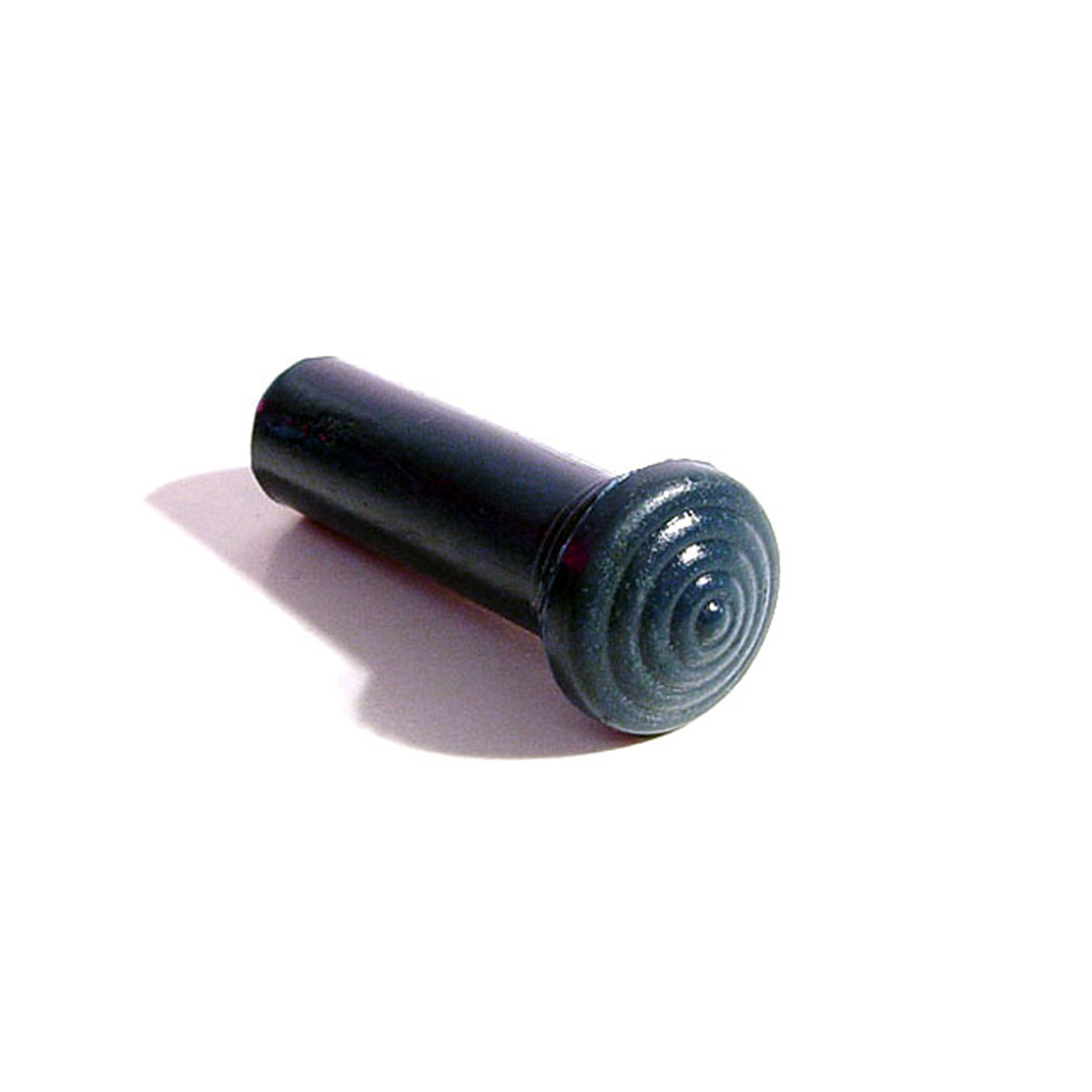 1959 Pontiac Bonneville Door Lock Knob. Made of Navy Blue rubber, self-threading-RP 304-DDoor Lock Knob. Made of Navy Blue rubber, self-threading. 1-3/8" tall with 1/8" lower I.D., 3/8" lower O.D. Each
1959 Pontiac Bonneville Door Lock Knob. Made of Navy Blue rubber, self-threading-RP 304-DDoor Lock Knob. Made of Navy Blue rubber, self-threading. 1-3/8" tall with 1/8" lower I.D., 3/8" lower O.D. Each 1959 Pontiac Bonneville Door Lock Knob. Made of Silver Blue rubber, self-threading-RP 304-EDoor Lock Knob. Made of Silver Blue rubber, self-threading. 1-3/8" tall with 1/8" lower I.D., 3/8" lower O.D. Each
1959 Pontiac Bonneville Door Lock Knob. Made of Silver Blue rubber, self-threading-RP 304-EDoor Lock Knob. Made of Silver Blue rubber, self-threading. 1-3/8" tall with 1/8" lower I.D., 3/8" lower O.D. Each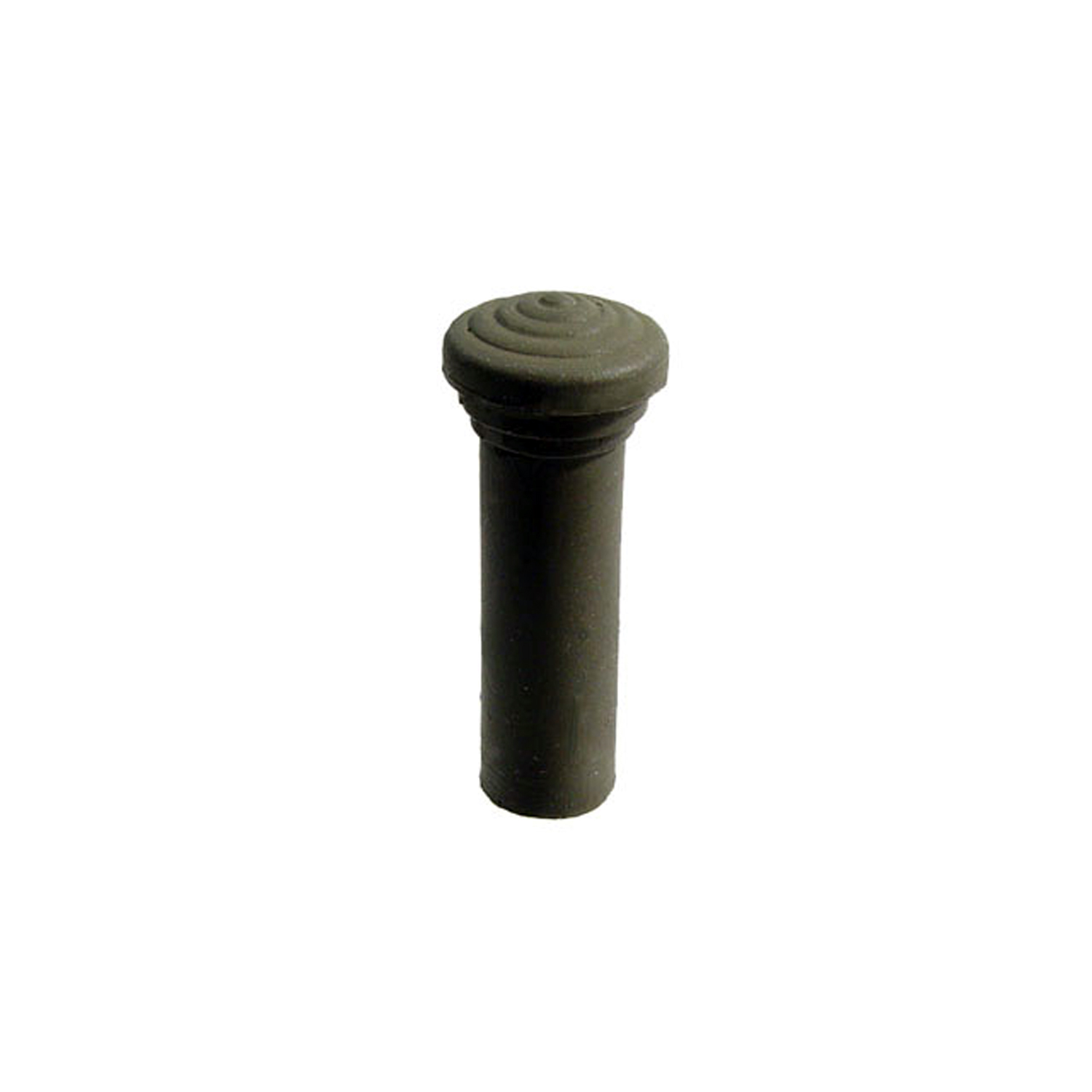 1959 Pontiac Bonneville Door Lock Knob. Made of Fawn colored rubber, self-threading-RP 304-FDoor Lock Knob. Made of Fawn colored rubber, self-threading. 1-3/8" tall with 1/8" lower I.D., 3/8" lower O.D. Each
1959 Pontiac Bonneville Door Lock Knob. Made of Fawn colored rubber, self-threading-RP 304-FDoor Lock Knob. Made of Fawn colored rubber, self-threading. 1-3/8" tall with 1/8" lower I.D., 3/8" lower O.D. Each 1959 Pontiac Bonneville Door Lock Knob. Made of Olive Green rubber, self-threading-RP 304-GDoor Lock Knob. Made of Olive Green rubber, self-threading. 1-3/8" tall with 1/8" lower I.D., 3/8" lower O.D. Each
1959 Pontiac Bonneville Door Lock Knob. Made of Olive Green rubber, self-threading-RP 304-GDoor Lock Knob. Made of Olive Green rubber, self-threading. 1-3/8" tall with 1/8" lower I.D., 3/8" lower O.D. Each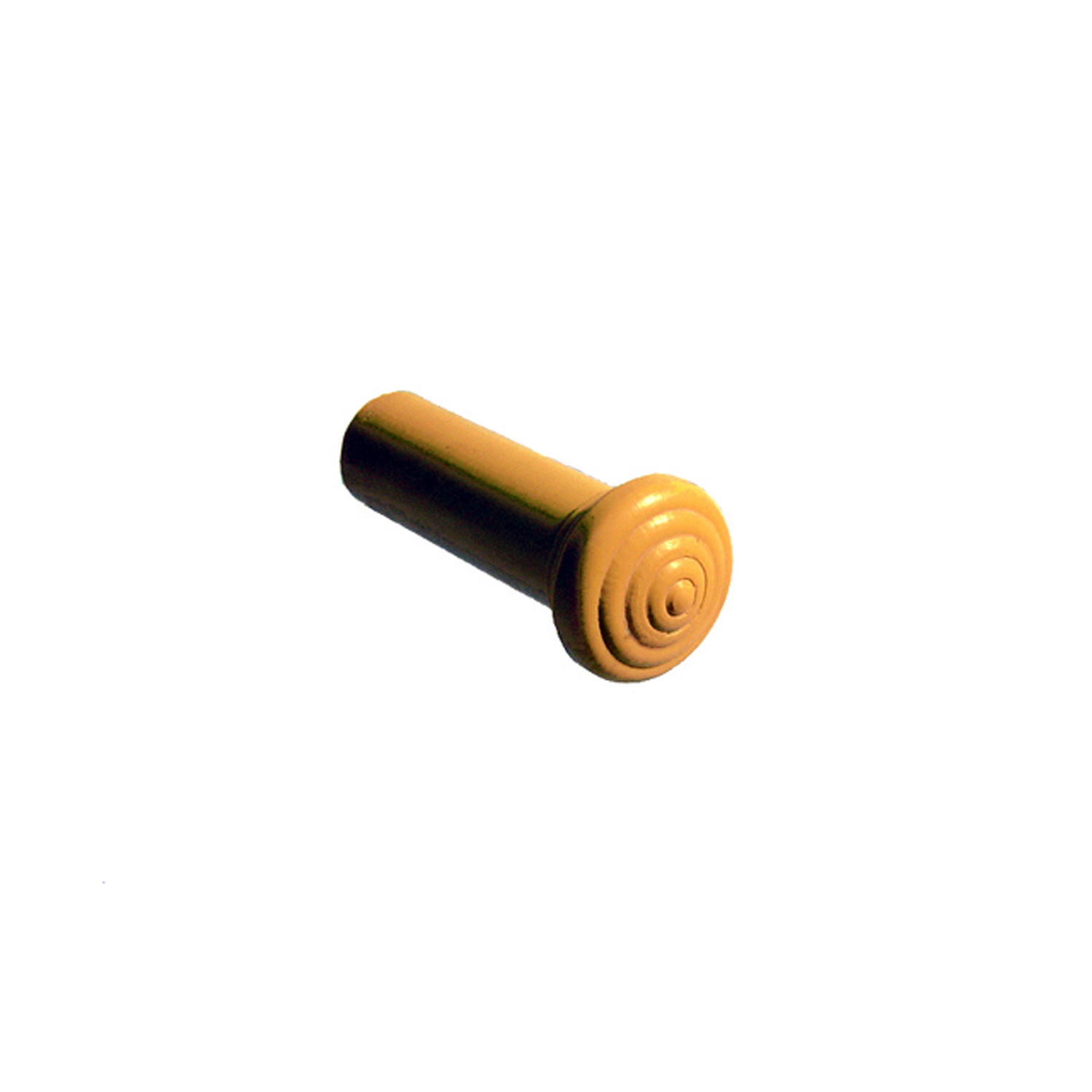 1959 Pontiac Bonneville Door Lock Knob. Made of Yellow rubber, self-threading-RP 304-HDoor Lock Knob. Made of Yellow rubber, self-threading. 1-3/8" tall with 1/8" lower I.D., 3/8" lower O.D. Each
1959 Pontiac Bonneville Door Lock Knob. Made of Yellow rubber, self-threading-RP 304-HDoor Lock Knob. Made of Yellow rubber, self-threading. 1-3/8" tall with 1/8" lower I.D., 3/8" lower O.D. Each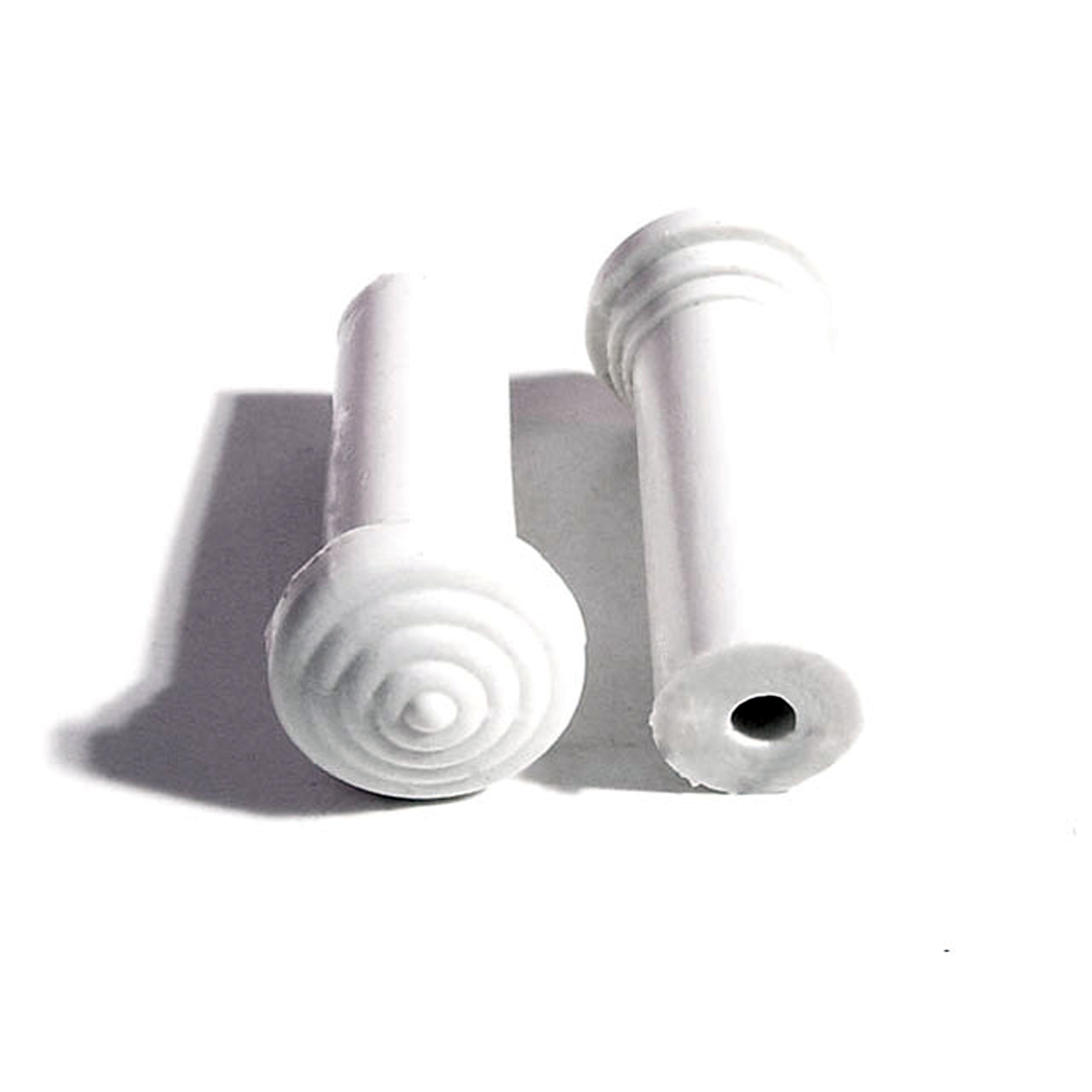 1959 Pontiac Bonneville Door Lock Knob. Made of White rubber, self-threading-RP 304-IDoor Lock Knob. Made of White rubber, self-threading. 1-3/8" tall with 1/8" lower I.D., 3/8" lower O.D. Each
1959 Pontiac Bonneville Door Lock Knob. Made of White rubber, self-threading-RP 304-IDoor Lock Knob. Made of White rubber, self-threading. 1-3/8" tall with 1/8" lower I.D., 3/8" lower O.D. Each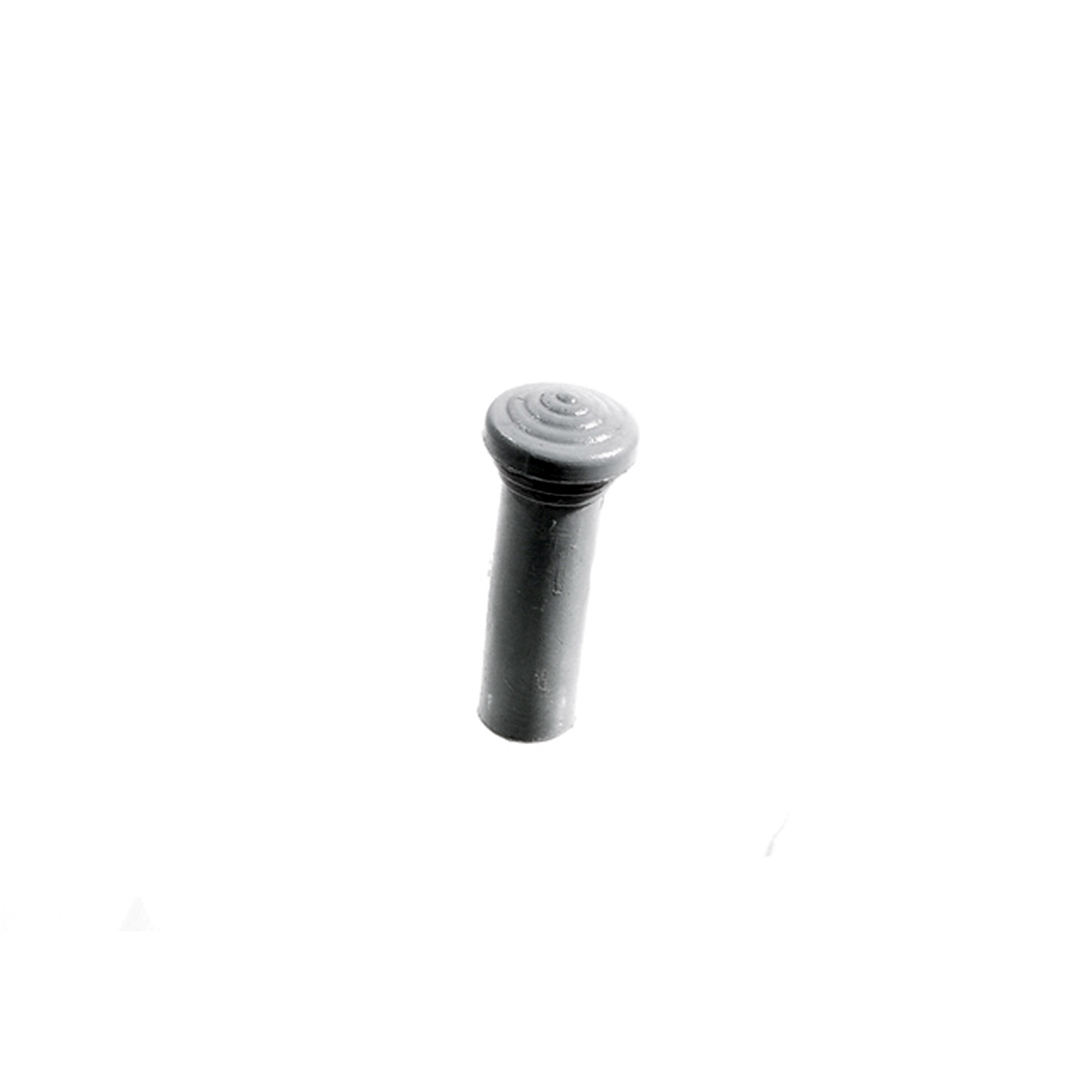 1959 Pontiac Bonneville Door Lock Knob. Made of Silver rubber, self-threading-RP 304-JDoor Lock Knob. Made of Silver rubber, self-threading. 1-3/8" tall with 1/8" lower I.D., 3/8" lower O.D. Each
1959 Pontiac Bonneville Door Lock Knob. Made of Silver rubber, self-threading-RP 304-JDoor Lock Knob. Made of Silver rubber, self-threading. 1-3/8" tall with 1/8" lower I.D., 3/8" lower O.D. Each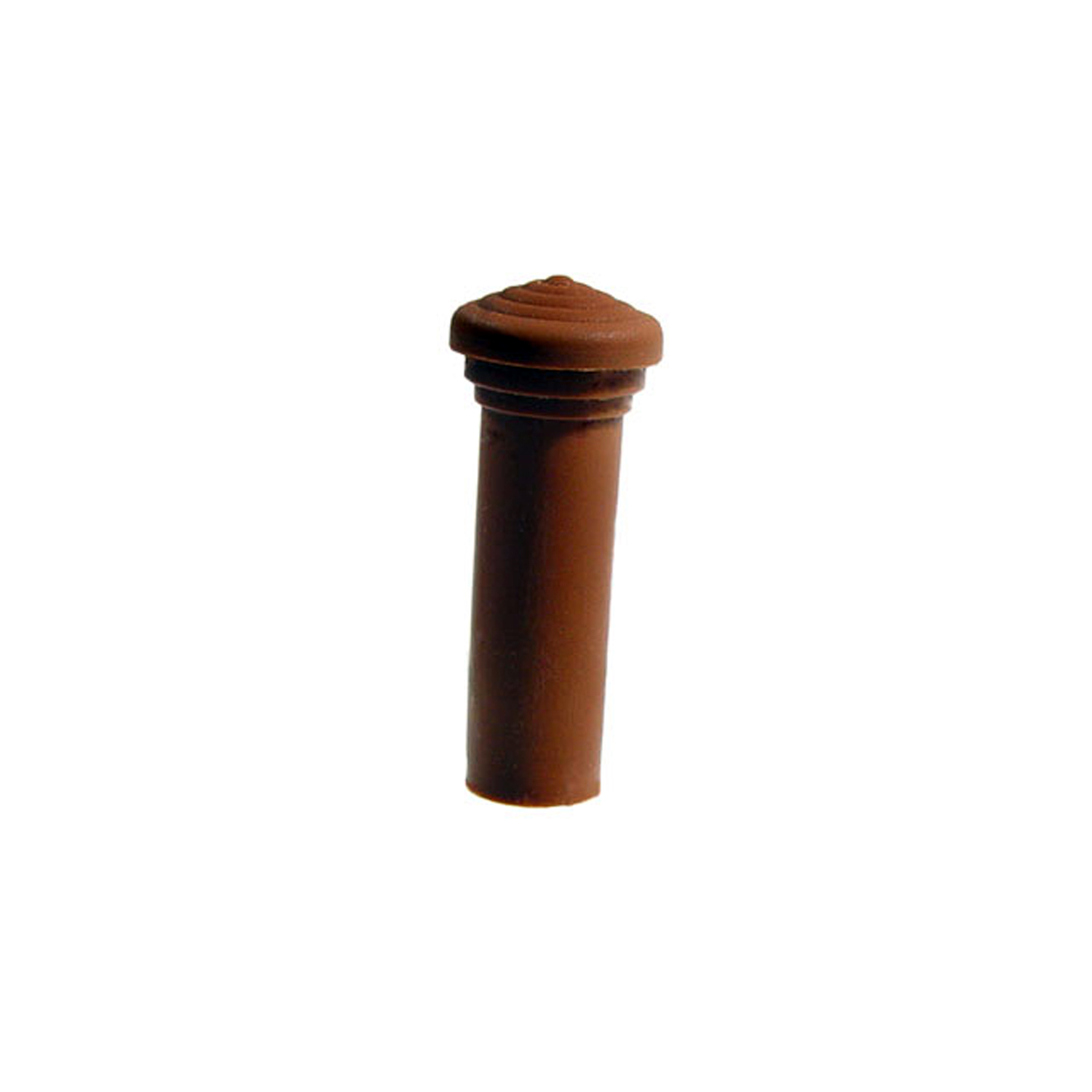 1959 Pontiac Bonneville Door Lock Knob. Made of Medium Brown rubber, self-threading-RP 304-KDoor Lock Knob. Made of Medium Brown rubber, self-threading. 1-3/8" tall with 1/8" lower I.D., 3/8" lower O.D. Each
1959 Pontiac Bonneville Door Lock Knob. Made of Medium Brown rubber, self-threading-RP 304-KDoor Lock Knob. Made of Medium Brown rubber, self-threading. 1-3/8" tall with 1/8" lower I.D., 3/8" lower O.D. Each 1959 Pontiac Bonneville Door Lock Knob. Made of Wedgwood rubber, self-threading-RP 304-LDoor Lock Knob. Made of Wedgwood rubber, self-threading. 1-3/8" tall with 1/8" lower I.D., 3/8" lower O.D. Each
1959 Pontiac Bonneville Door Lock Knob. Made of Wedgwood rubber, self-threading-RP 304-LDoor Lock Knob. Made of Wedgwood rubber, self-threading. 1-3/8" tall with 1/8" lower I.D., 3/8" lower O.D. Each 1959 Pontiac Bonneville Door Lock Knob. Made of Teal Green rubber, self-threading-RP 304-MDoor Lock Knob. Made of Teal Green rubber, self-threading. 1-3/8" tall with 1/8" lower I.D., 3/8" lower O.D. Each
1959 Pontiac Bonneville Door Lock Knob. Made of Teal Green rubber, self-threading-RP 304-MDoor Lock Knob. Made of Teal Green rubber, self-threading. 1-3/8" tall with 1/8" lower I.D., 3/8" lower O.D. Each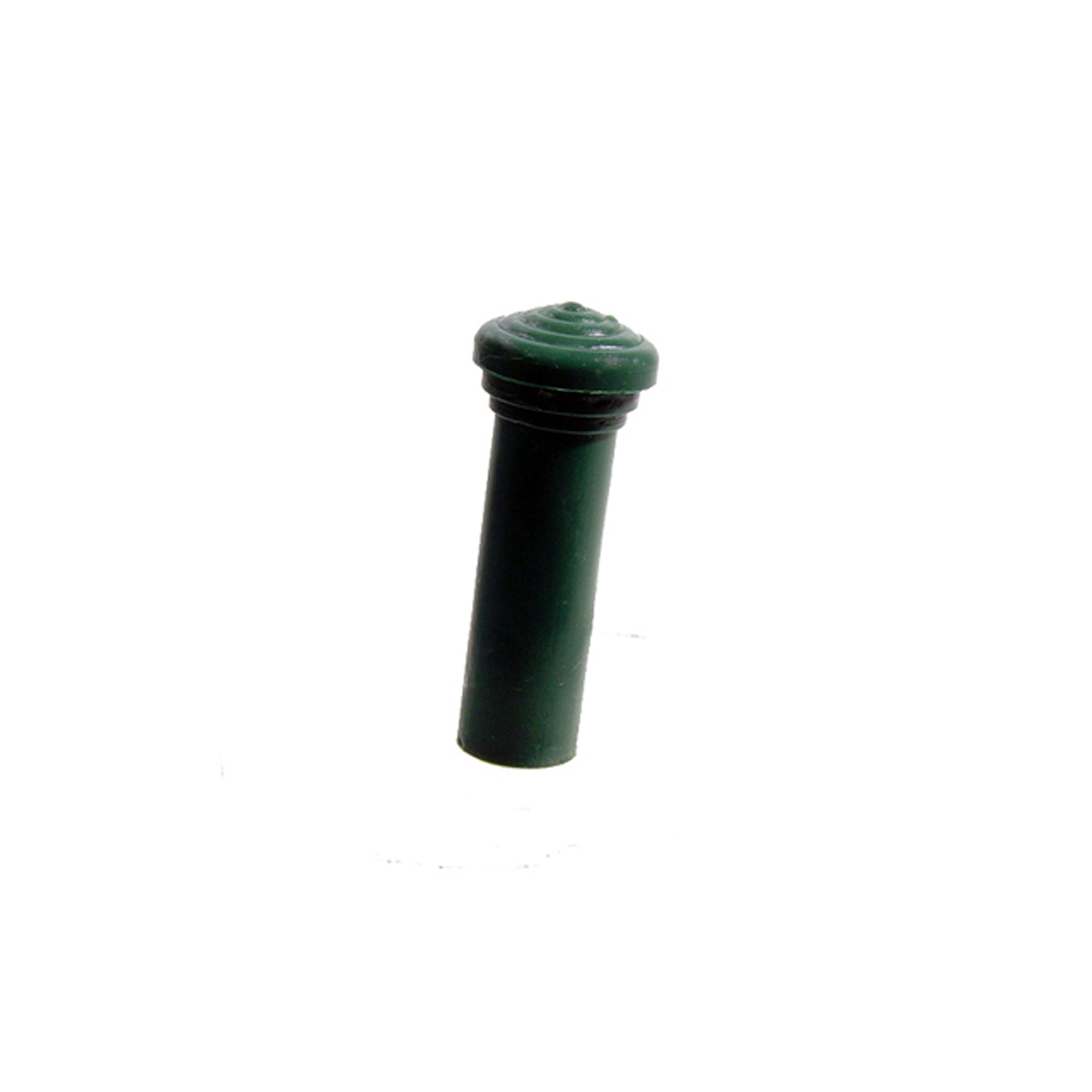 1959 Pontiac Bonneville Door Lock Knob. Made of Moss Green rubber, self-threading-RP 304-NDoor Lock Knob. Made of Moss Green rubber, self-threading. 1-3/8" tall with 1/8" lower I.D., 3/8" lower O.D. Each
1959 Pontiac Bonneville Door Lock Knob. Made of Moss Green rubber, self-threading-RP 304-NDoor Lock Knob. Made of Moss Green rubber, self-threading. 1-3/8" tall with 1/8" lower I.D., 3/8" lower O.D. Each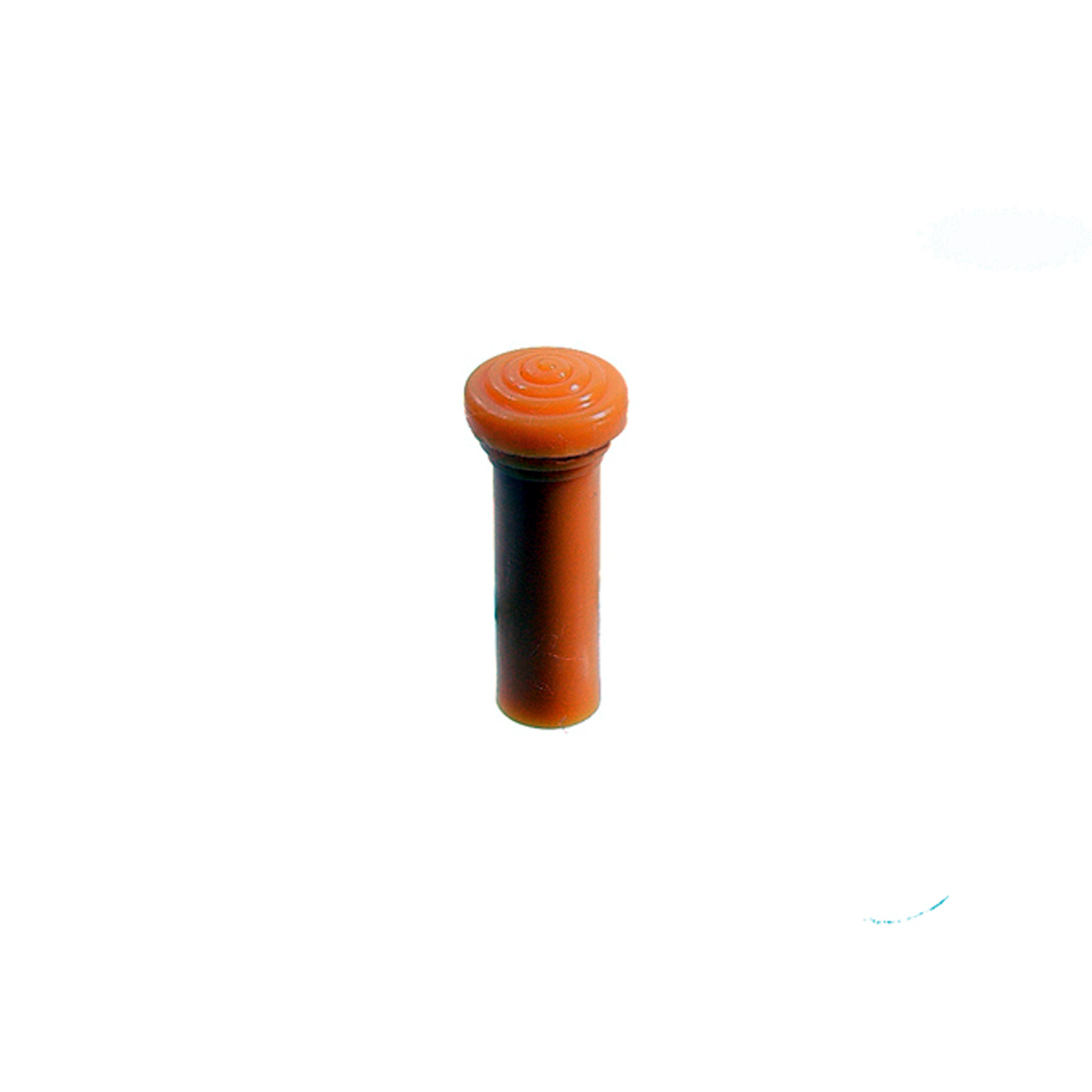 1959 Pontiac Bonneville Door Lock Knob. Made of Ember glow rubber, self-threading-RP 304-ODoor Lock Knob. Made of Ember glow rubber, self-threading. 1-3/8" tall with 1/8" lower I.D., 3/8" lower O.D. Each
1959 Pontiac Bonneville Door Lock Knob. Made of Ember glow rubber, self-threading-RP 304-ODoor Lock Knob. Made of Ember glow rubber, self-threading. 1-3/8" tall with 1/8" lower I.D., 3/8" lower O.D. Each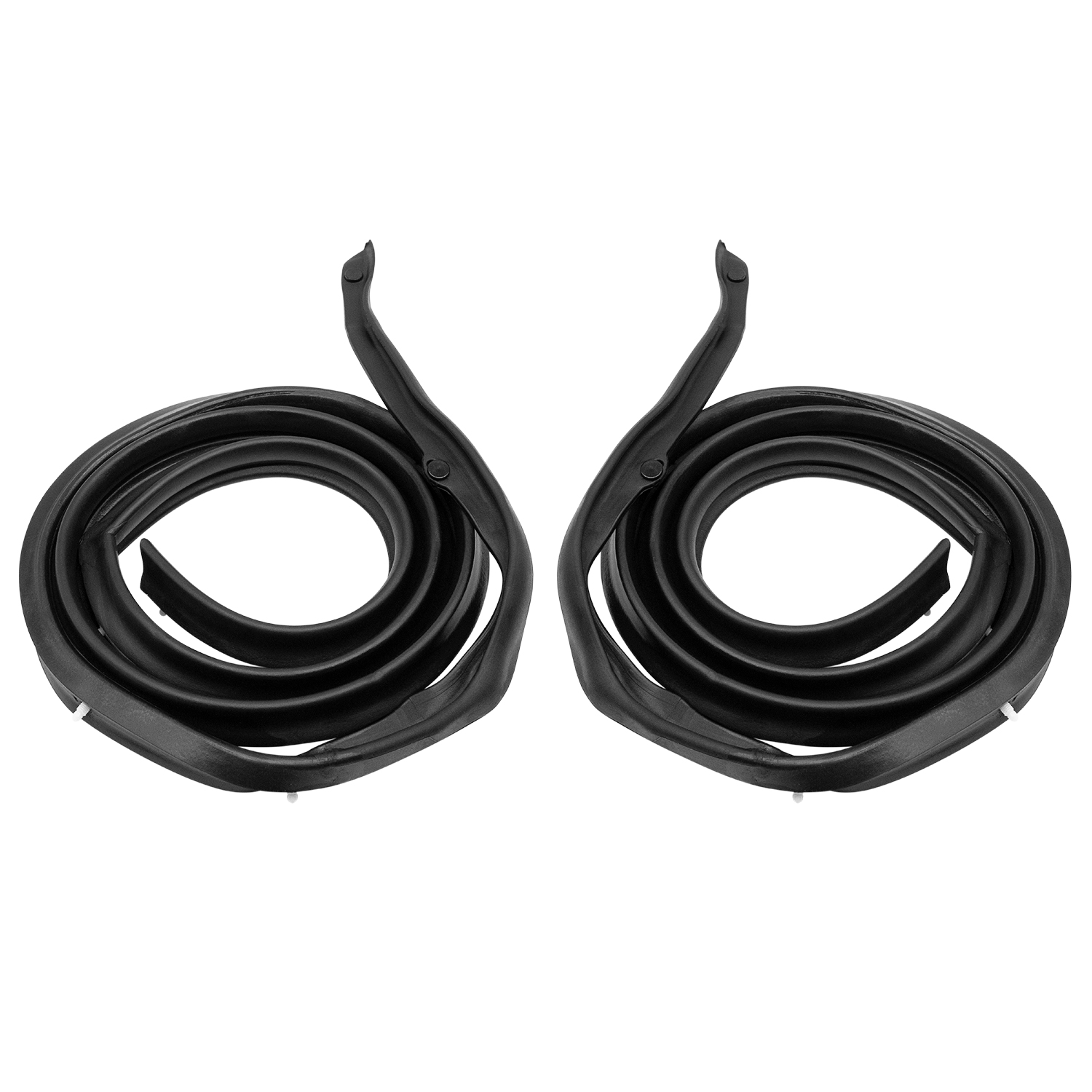 1959 Pontiac Bonneville Roof rail seals-RR 8120-BRoof rail seals, '59-'60 GM 'A' and 'B' body 4 door hardtop models, pair. Replaces OEM #'s 4782170/4782171/4783149/4783150.
1959 Pontiac Bonneville Roof rail seals-RR 8120-BRoof rail seals, '59-'60 GM 'A' and 'B' body 4 door hardtop models, pair. Replaces OEM #'s 4782170/4782171/4783149/4783150.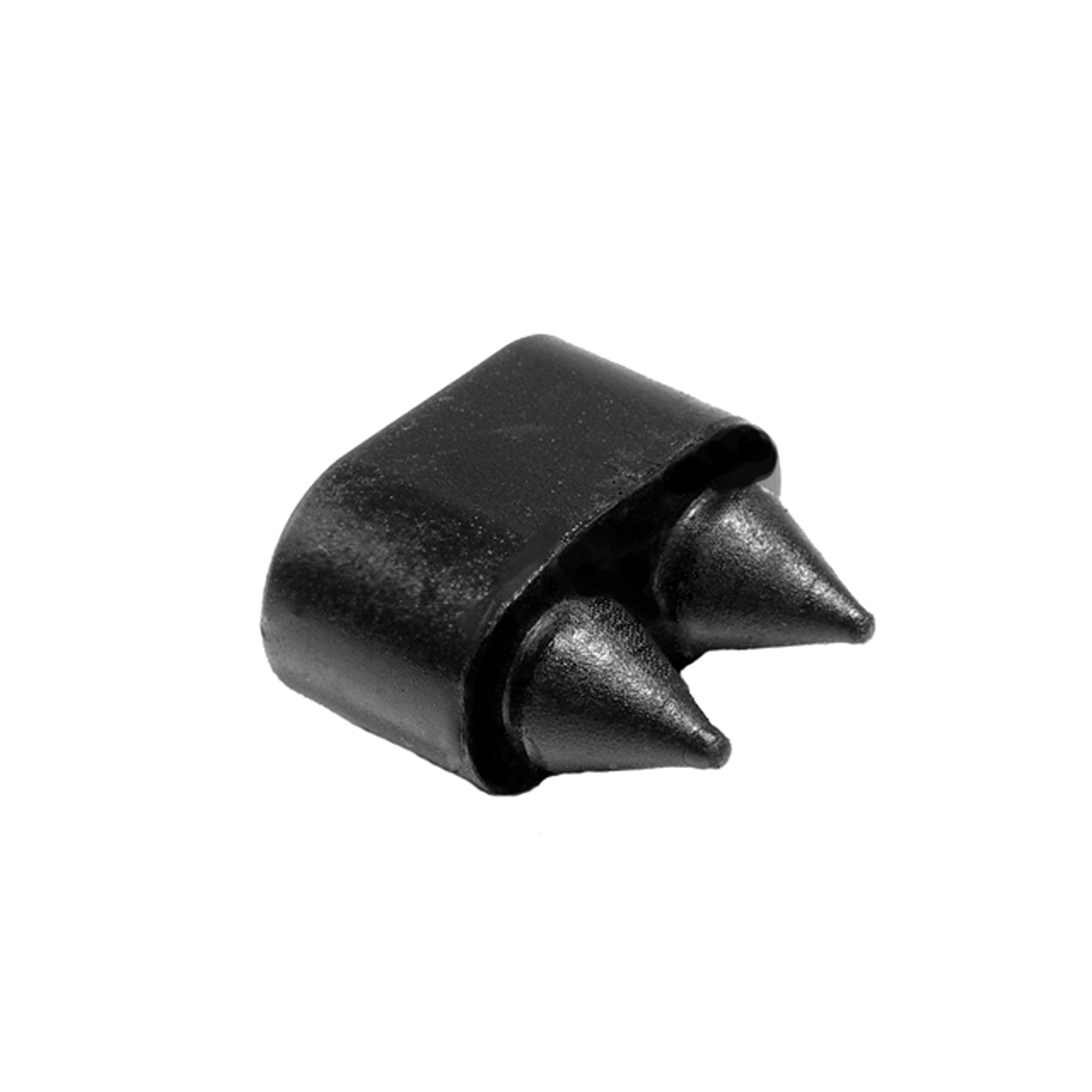 1959 Pontiac Bonneville Door Bumper. Made with twin retainers-SB 32Door Bumper. Made with twin retainers. 3/4" high X 1/2" wide X 15/16" long. Each
1959 Pontiac Bonneville Door Bumper. Made with twin retainers-SB 32Door Bumper. Made with twin retainers. 3/4" high X 1/2" wide X 15/16" long. Each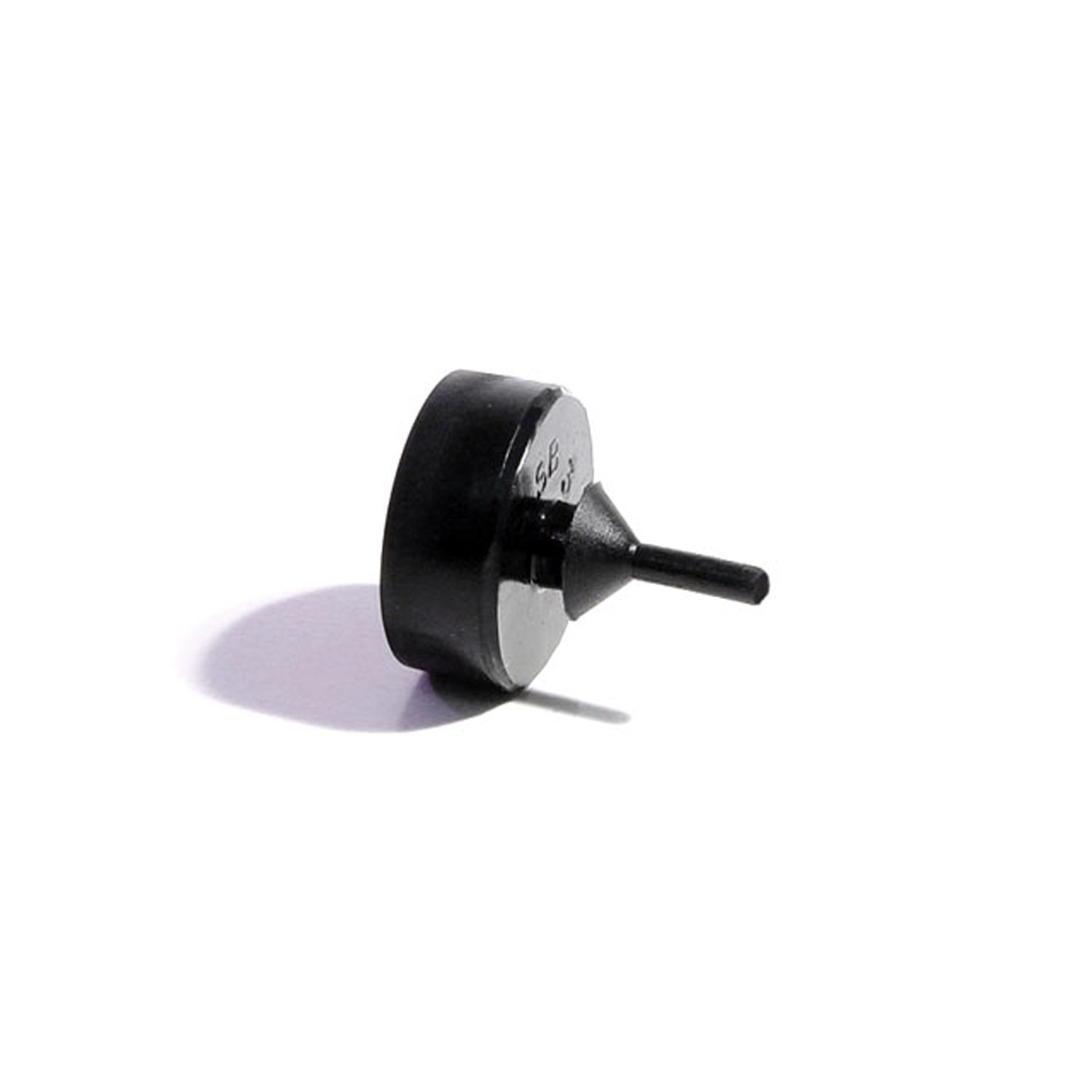 1959 Pontiac Bonneville Trunk Bumper. Fits lower corner on decklid. 15/16" O.D-SB 34Trunk Bumper. Fits lower corner on decklid. 15/16" O.D., 11/16" high. Each
1959 Pontiac Bonneville Trunk Bumper. Fits lower corner on decklid. 15/16" O.D-SB 34Trunk Bumper. Fits lower corner on decklid. 15/16" O.D., 11/16" high. Each 1959 Pontiac Bonneville Fuel Door Bumper. Held by screw. 1/2" X 1/2" X 1/4"-SB 65Fuel Door Bumper. Held by screw. 1/2" X 1/2" X 1/4". Pair
1959 Pontiac Bonneville Fuel Door Bumper. Held by screw. 1/2" X 1/2" X 1/4"-SB 65Fuel Door Bumper. Held by screw. 1/2" X 1/2" X 1/4". Pair 1959 Pontiac Bonneville Special Purpose Grommet-SM 4Special Purpose Grommet. For firewall, fuel gauge wire, horn wire, hood latch cable and fresh air cable. Fits 1/2" hole. 1/8" center hole. Each
1959 Pontiac Bonneville Special Purpose Grommet-SM 4Special Purpose Grommet. For firewall, fuel gauge wire, horn wire, hood latch cable and fresh air cable. Fits 1/2" hole. 1/8" center hole. Each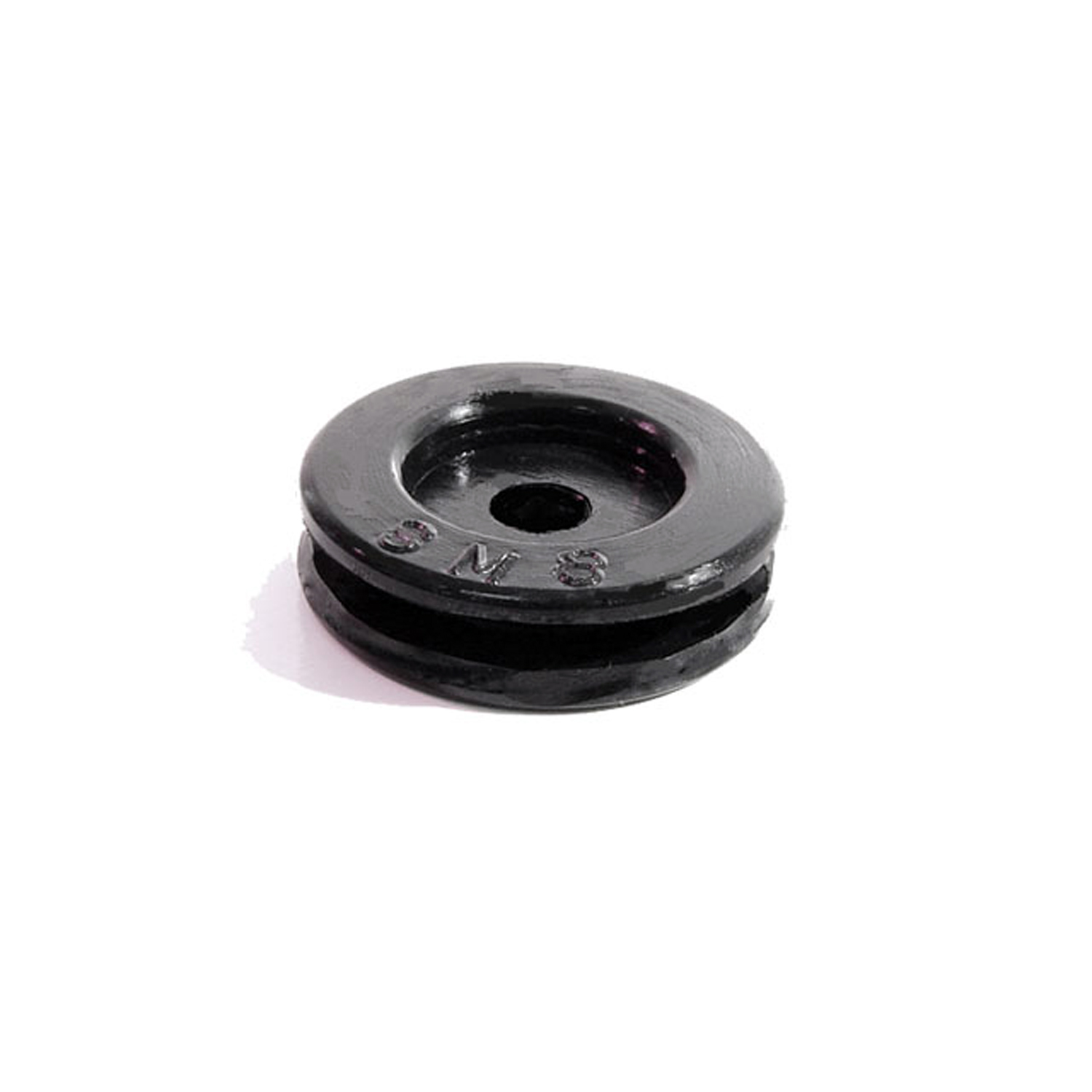 1959 Pontiac Bonneville Firewall and Utility Grommet. Fits 3/4" hole. 3/16" I.D-SM 8Firewall and Utility Grommet. Fits 3/4" hole. 3/16" I.D. Each
1959 Pontiac Bonneville Firewall and Utility Grommet. Fits 3/4" hole. 3/16" I.D-SM 8Firewall and Utility Grommet. Fits 3/4" hole. 3/16" I.D. Each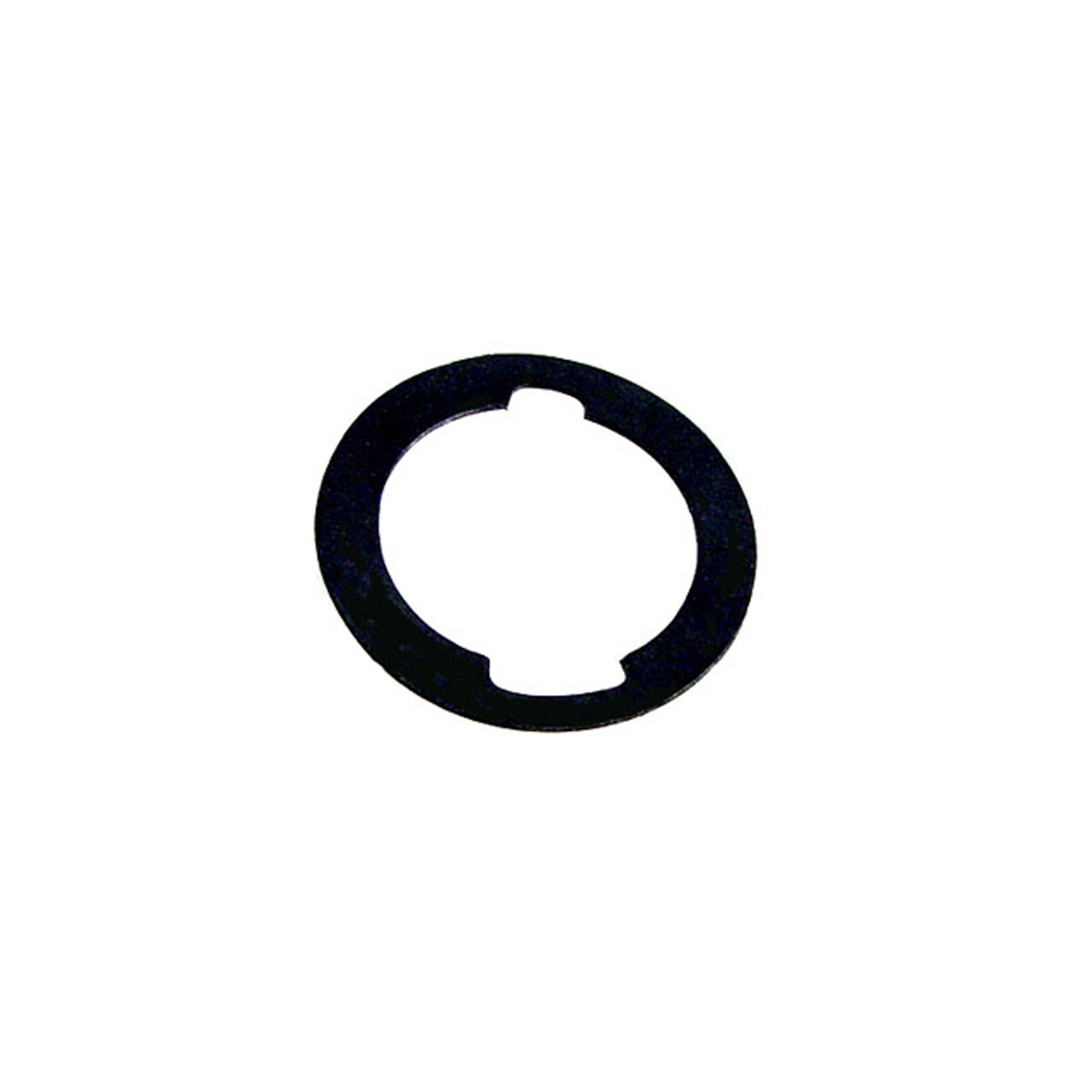 1959 Pontiac Bonneville Unbeaded Door and Trunk Lock Gasket. 1-3/16" O.D., 7/8" I.D-UM 1600-100Unbeaded Door and Trunk Lock Gasket. 1-3/16" O.D., 7/8" I.D. Each
1959 Pontiac Bonneville Unbeaded Door and Trunk Lock Gasket. 1-3/16" O.D., 7/8" I.D-UM 1600-100Unbeaded Door and Trunk Lock Gasket. 1-3/16" O.D., 7/8" I.D. Each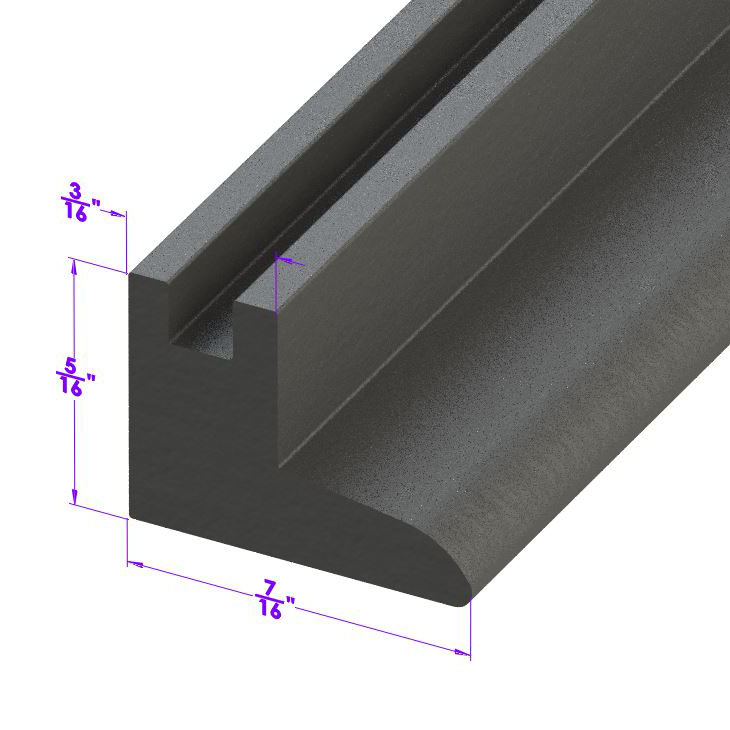 1959 Pontiac Bonneville Vertical Seal for Vent Window. Each is 17" long. Pair-VS 2Vertical Seal for Vent Window. Each is 17" long. Pair
1959 Pontiac Bonneville Vertical Seal for Vent Window. Each is 17" long. Pair-VS 2Vertical Seal for Vent Window. Each is 17" long. Pair 1959 Pontiac Bonneville Vulcanized Windshield Seal, for 2-Door Hardtops. Each-VWS 0566Vulcanized Windshield Seal, for 2-Door Hardtops. Each
1959 Pontiac Bonneville Vulcanized Windshield Seal, for 2-Door Hardtops. Each-VWS 0566Vulcanized Windshield Seal, for 2-Door Hardtops. Each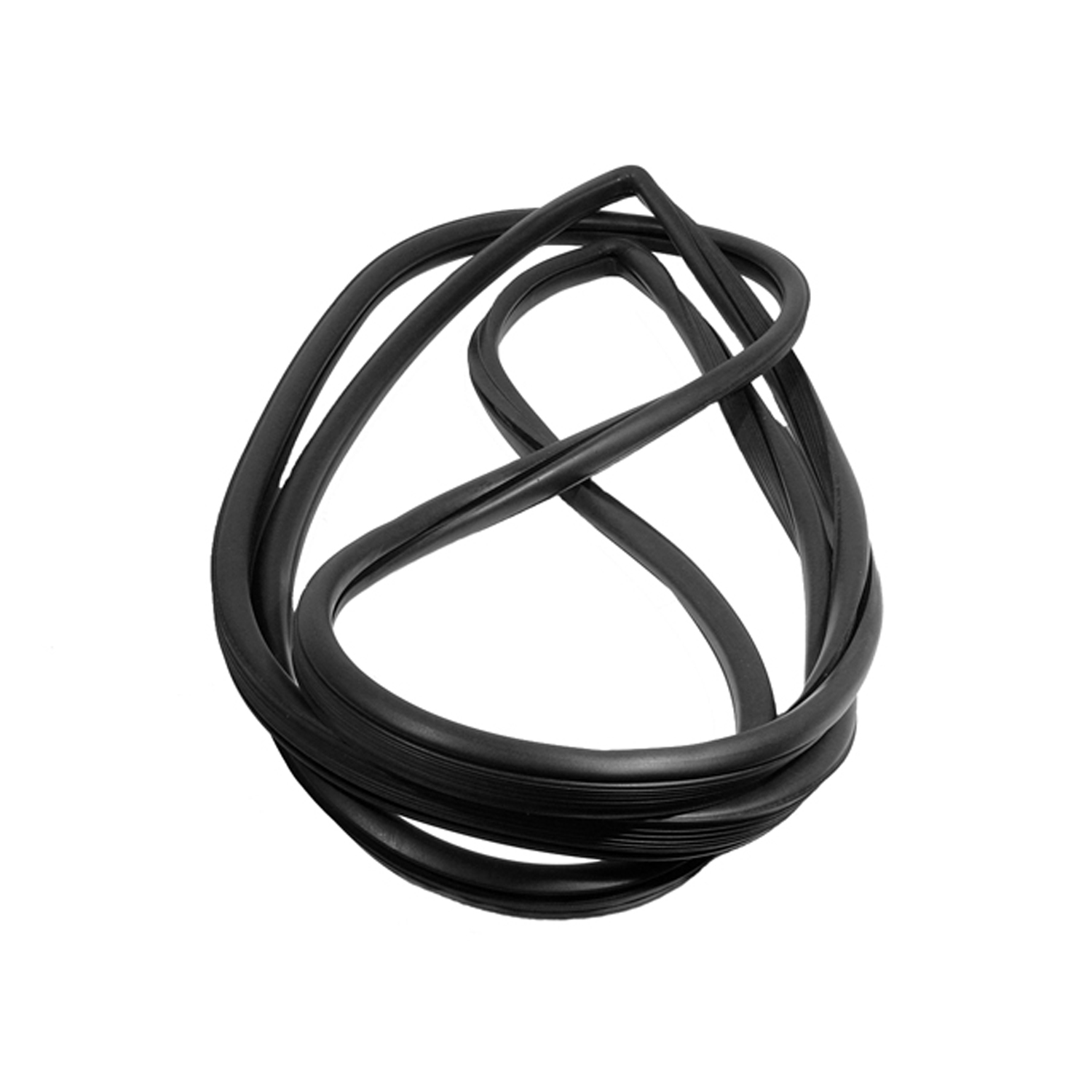 1959 Pontiac Bonneville Vulcanized Windshield Seal, for 2-Door and 4-Door Sedans-VWS 0567Vulcanized Windshield Seal, for 2-Door and 4-Door Sedans. Each
1959 Pontiac Bonneville Vulcanized Windshield Seal, for 2-Door and 4-Door Sedans-VWS 0567Vulcanized Windshield Seal, for 2-Door and 4-Door Sedans. Each 1959 Pontiac Bonneville Vulcanized Rear Windshield Seal-VWS 3006-RVulcanized Rear Windshield Seal. For 2-door hardtop without interior garnish molding. Each
1959 Pontiac Bonneville Vulcanized Rear Windshield Seal-VWS 3006-RVulcanized Rear Windshield Seal. For 2-door hardtop without interior garnish molding. Each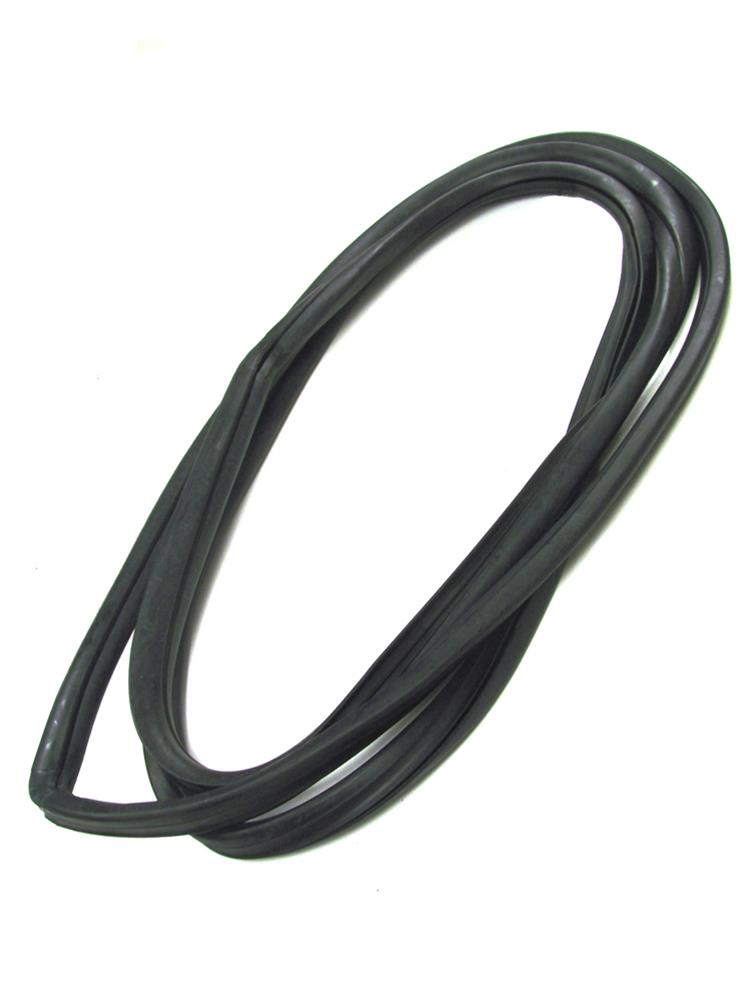 1959 Pontiac Bonneville Vulcanized Rear Windshield Seal-VWS 3007-RVulcanized Rear Windshield Seal. For 2-door hardtop with interior garnish molding. Each
1959 Pontiac Bonneville Vulcanized Rear Windshield Seal-VWS 3007-RVulcanized Rear Windshield Seal. For 2-door hardtop with interior garnish molding. Each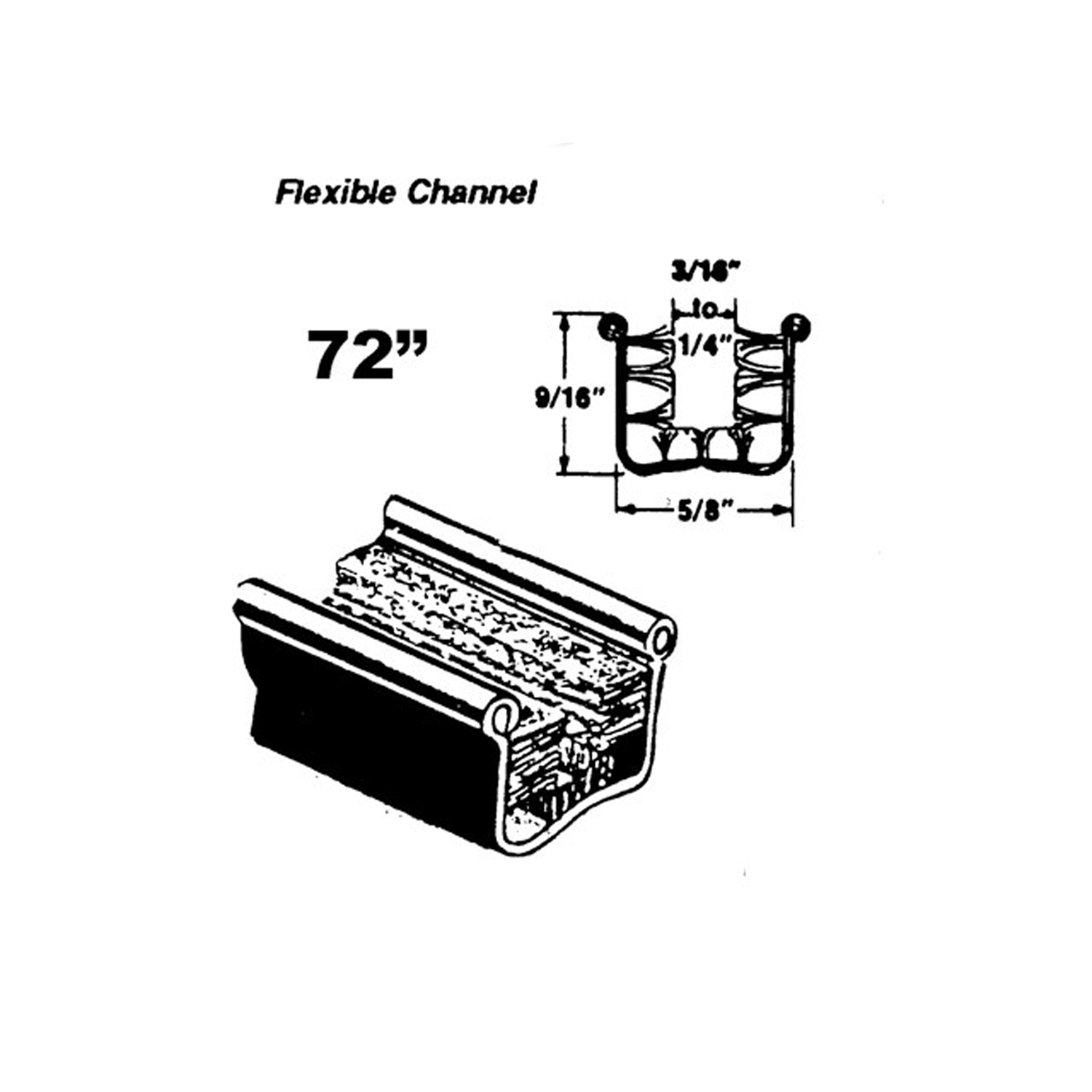 1959 Pontiac Bonneville Flexible glass-run channel-WC 11-72Flexible glass-run channel. Mohair lined, cloth covered with stainless steel bead. Used on side windows. 72 in. long. Each. NOTE: $20 special shipping charge applies for domestic orders. Call or email for overseas shipping costs. Part can be sectioned in two equal lengths to reduce overseas shipping costs.
1959 Pontiac Bonneville Flexible glass-run channel-WC 11-72Flexible glass-run channel. Mohair lined, cloth covered with stainless steel bead. Used on side windows. 72 in. long. Each. NOTE: $20 special shipping charge applies for domestic orders. Call or email for overseas shipping costs. Part can be sectioned in two equal lengths to reduce overseas shipping costs.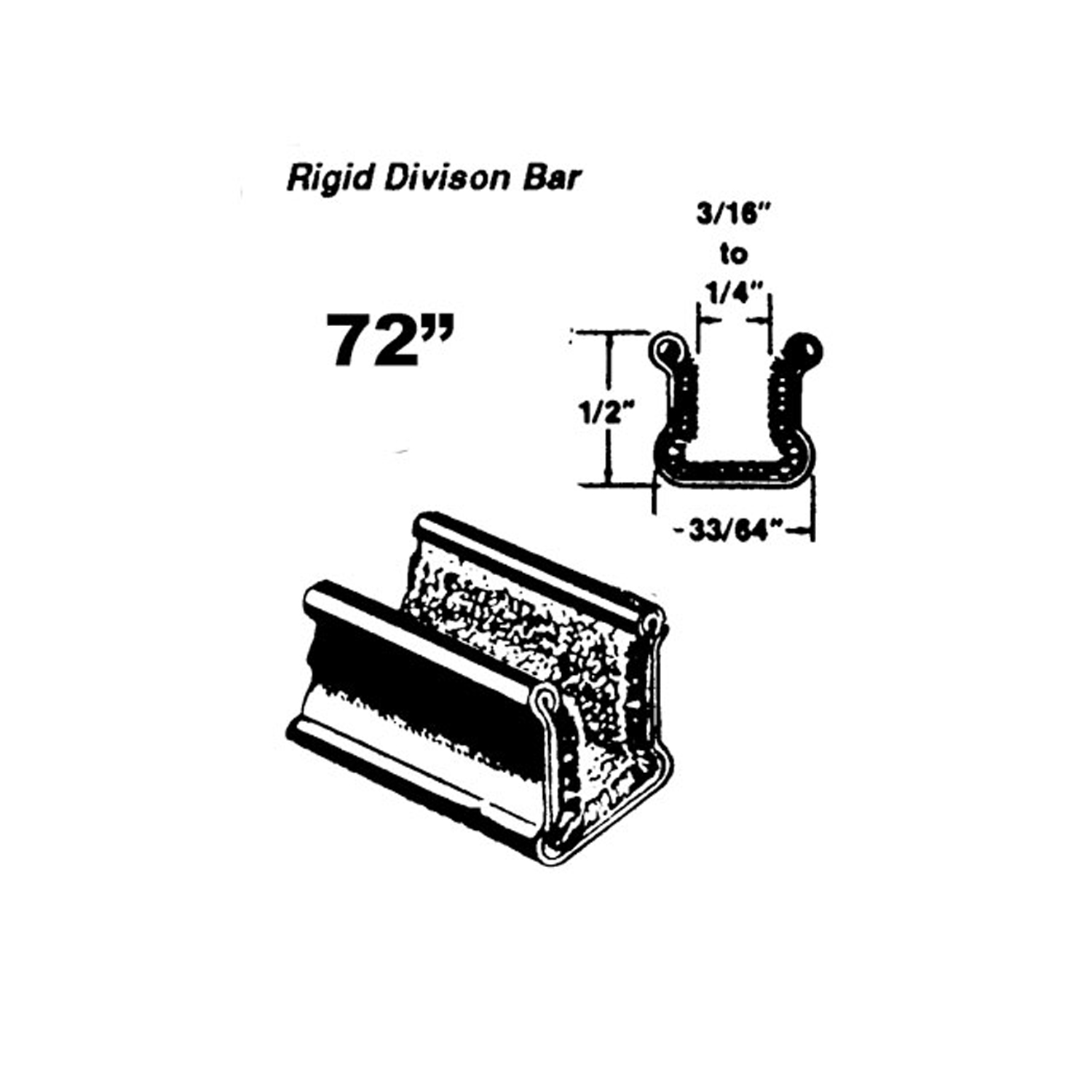 1959 Pontiac Bonneville Rigid division-bar channel. Made with Zinc-plated bead-WC 1-72Rigid division-bar channel. Made with Zinc-plated bead. Used on lower side windows. 72 in. long. Each. NOTE: $20 special shipping charge applies for domestic orders. Call or email for overseas shipping costs. Part can be sectioned into two equal lengths to reduce overseas shipping costs.
1959 Pontiac Bonneville Rigid division-bar channel. Made with Zinc-plated bead-WC 1-72Rigid division-bar channel. Made with Zinc-plated bead. Used on lower side windows. 72 in. long. Each. NOTE: $20 special shipping charge applies for domestic orders. Call or email for overseas shipping costs. Part can be sectioned into two equal lengths to reduce overseas shipping costs.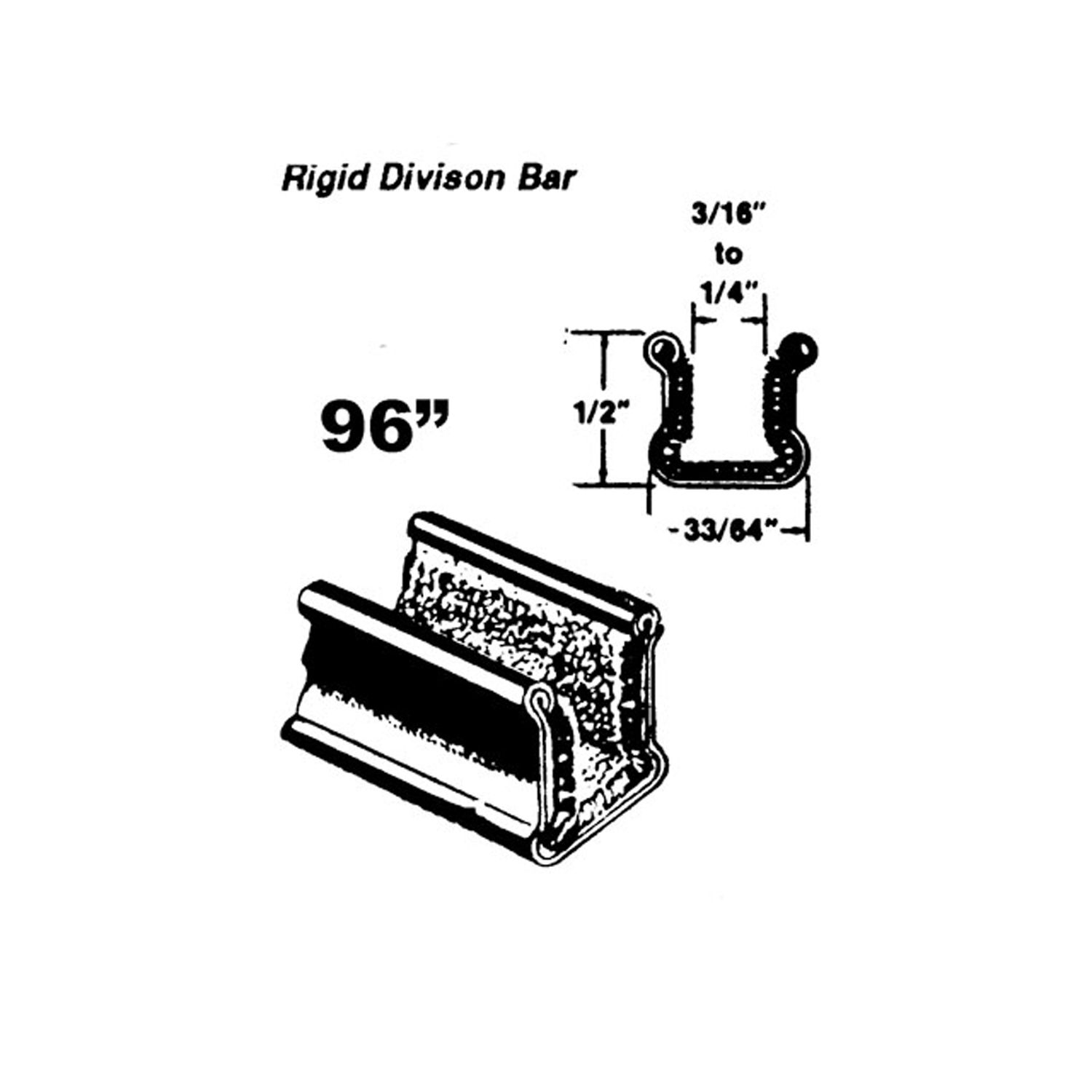 1959 Pontiac Bonneville Rigid division-bar channel. Made with Zinc-plated bead-WC 1-96Rigid division-bar channel. Made with Zinc-plated bead. Used on lower side windows. 96 in. long. Each. NOTE: $20 special shipping charge applies for domestic orders. Call or email for overseas shipping costs. Part can be sectioned in two or three equal lengths to reduce overseas shipping costs.
1959 Pontiac Bonneville Rigid division-bar channel. Made with Zinc-plated bead-WC 1-96Rigid division-bar channel. Made with Zinc-plated bead. Used on lower side windows. 96 in. long. Each. NOTE: $20 special shipping charge applies for domestic orders. Call or email for overseas shipping costs. Part can be sectioned in two or three equal lengths to reduce overseas shipping costs. 1959 Pontiac Bonneville Rigid division-bar channel. Made with stainless steel bead-WC 2-72Rigid division-bar channel. Made with stainless steel bead. 72 in. long. Each. NOTE: $20 special shipping charge applies for domestic orders. Call or email for overseas shipping costs. Part can be sectioned into two equal lengths to reduce overseas shipping costs.
1959 Pontiac Bonneville Rigid division-bar channel. Made with stainless steel bead-WC 2-72Rigid division-bar channel. Made with stainless steel bead. 72 in. long. Each. NOTE: $20 special shipping charge applies for domestic orders. Call or email for overseas shipping costs. Part can be sectioned into two equal lengths to reduce overseas shipping costs.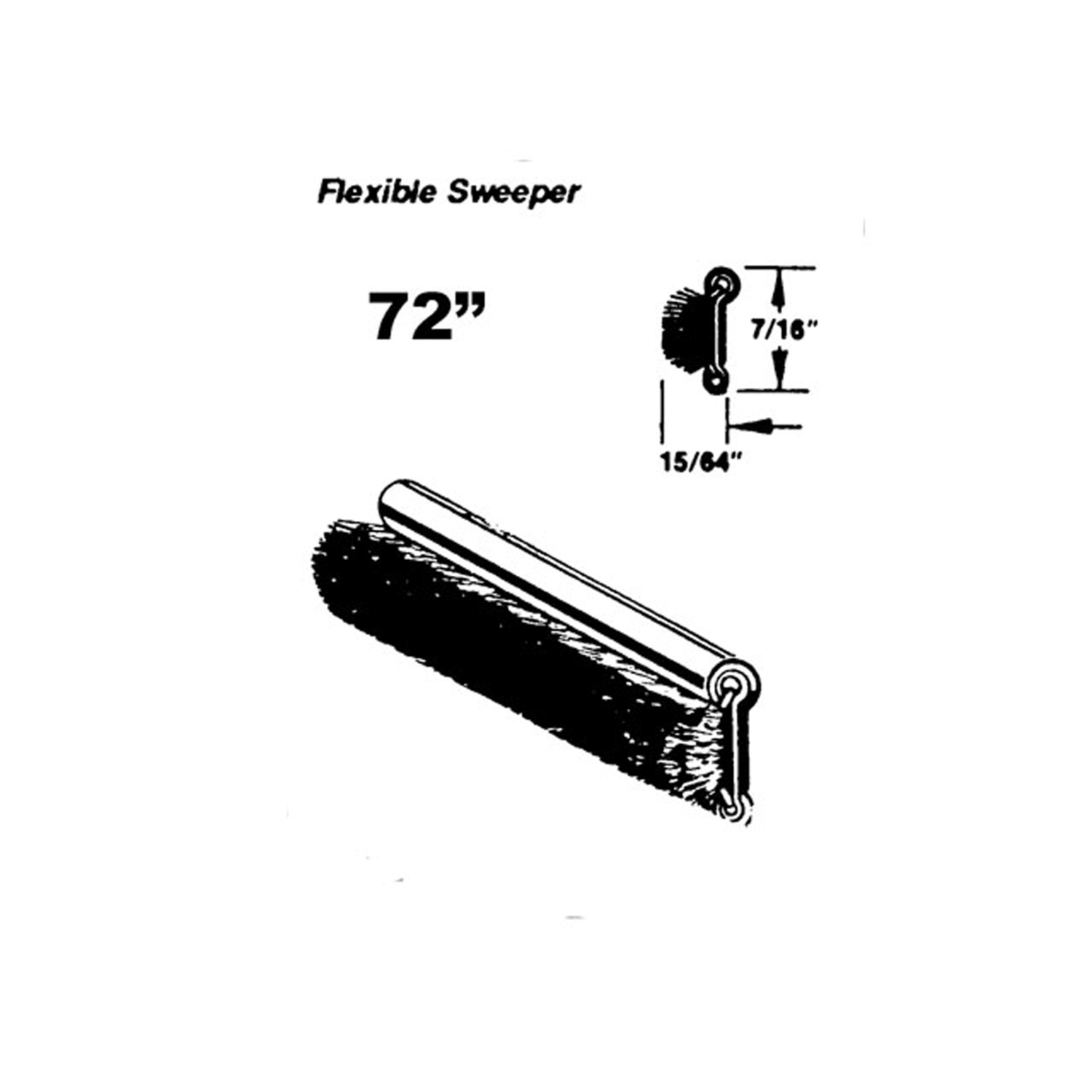 1959 Pontiac Bonneville Flexible sweeper. Made with stainless steel bead-WC 8-72Flexible sweeper. Made with stainless steel bead. Used on inner and outer beltlines. Also forms easily for use with sliding quarter windows. 72 in. long. Each. NOTE: $20 special shipping charge applies for domestic orders. Call or email for overseas shipping costs. Part can be sectioned into two equal lengths to reduce overseas shipping costs.
1959 Pontiac Bonneville Flexible sweeper. Made with stainless steel bead-WC 8-72Flexible sweeper. Made with stainless steel bead. Used on inner and outer beltlines. Also forms easily for use with sliding quarter windows. 72 in. long. Each. NOTE: $20 special shipping charge applies for domestic orders. Call or email for overseas shipping costs. Part can be sectioned into two equal lengths to reduce overseas shipping costs. 1959 Pontiac Bonneville Vent window with rear division channel seals-WR 2002-BVent window with rear division channel seals - left and right, '59-'60 GM 'A', 'B' & 'C' body 2 & 4 door hardtop and convertible models, four piece set. Main seals replace OEM #'s 4304478/4304479 only.
1959 Pontiac Bonneville Vent window with rear division channel seals-WR 2002-BVent window with rear division channel seals - left and right, '59-'60 GM 'A', 'B' & 'C' body 2 & 4 door hardtop and convertible models, four piece set. Main seals replace OEM #'s 4304478/4304479 only.Why Choose Metro?
For over 100 years, Metro Moulded Parts has been the pinnacle of quality in classic car restoration parts. Our commitment to precision and authenticity in every component ensures a perfect fit and an OEM-level appearance.
- Expert Craftsmanship & Quality: Each part is a testament to our dedication to reliability and perfection, crafted from original designs and thoroughly tested.
- Advanced Technology: We use cutting-edge techniques to create flawless, long-lasting parts that surpass others in performance.
- SuperSoft Sponge – The Ultimate Door Seal: Not only are our door seals 30% softer than competitors', but they're also guaranteed to never leak. They effectively reduce wind and road noise, enhancing your classic car's comfort and driving experience.
- Proudly American: Our parts are a product of American craftsmanship, made in the USA with a spirit of excellence and heritage.
- Unrivaled Warranty: We back our products with a 30-year industry-leading warranty, a testament to our confidence in their quality.
Join us in preserving the legacy of classic cars with parts that are crafted for perfection, not just made.

